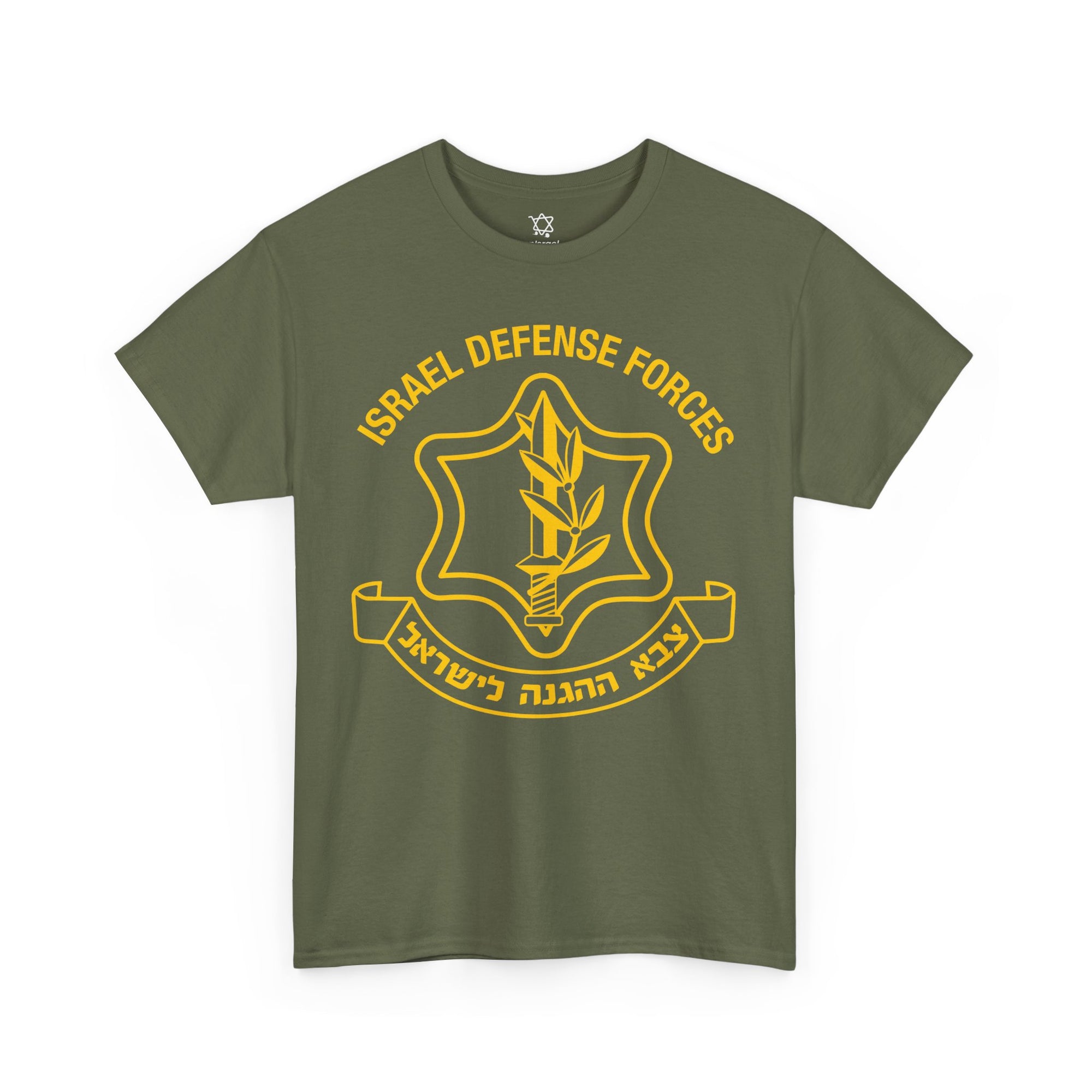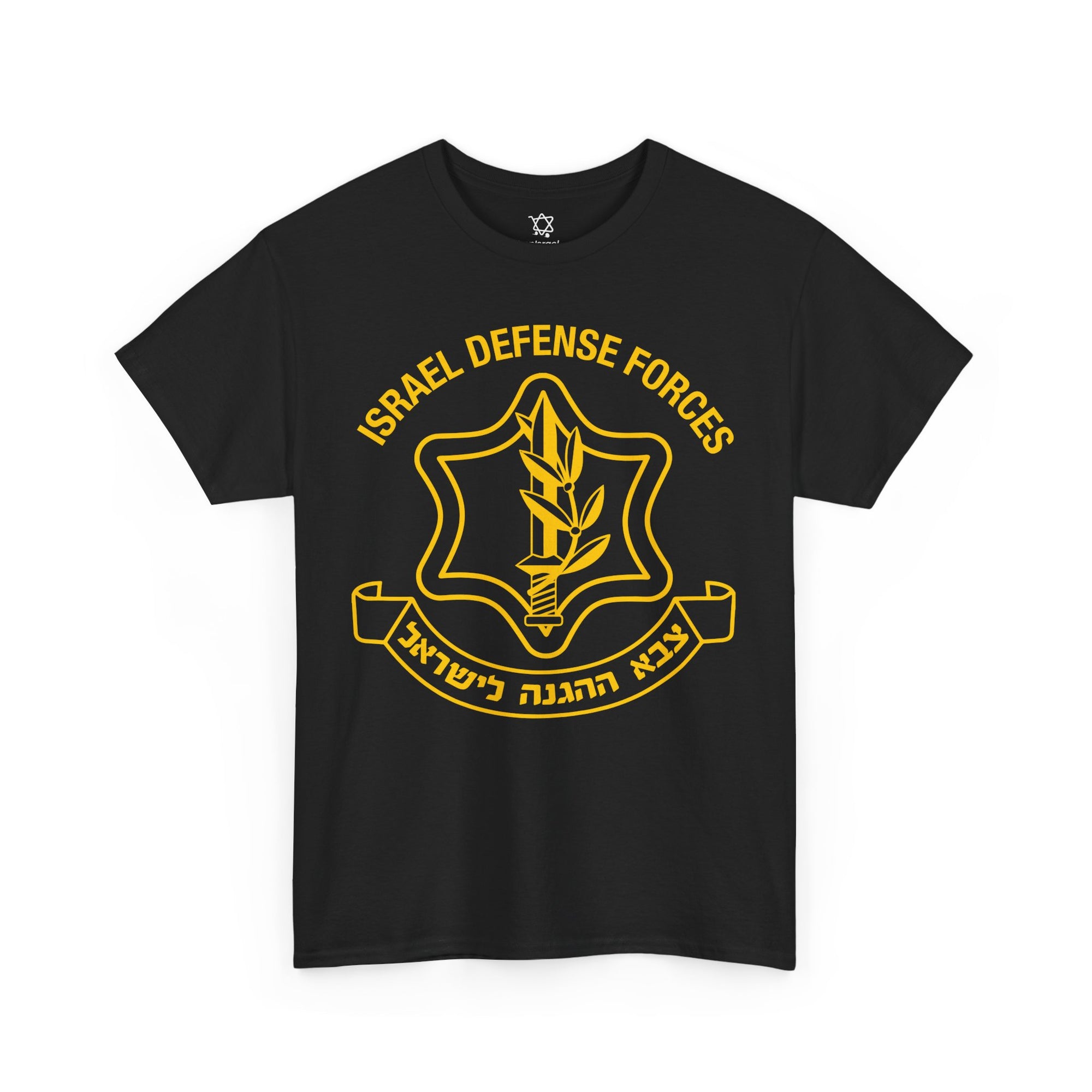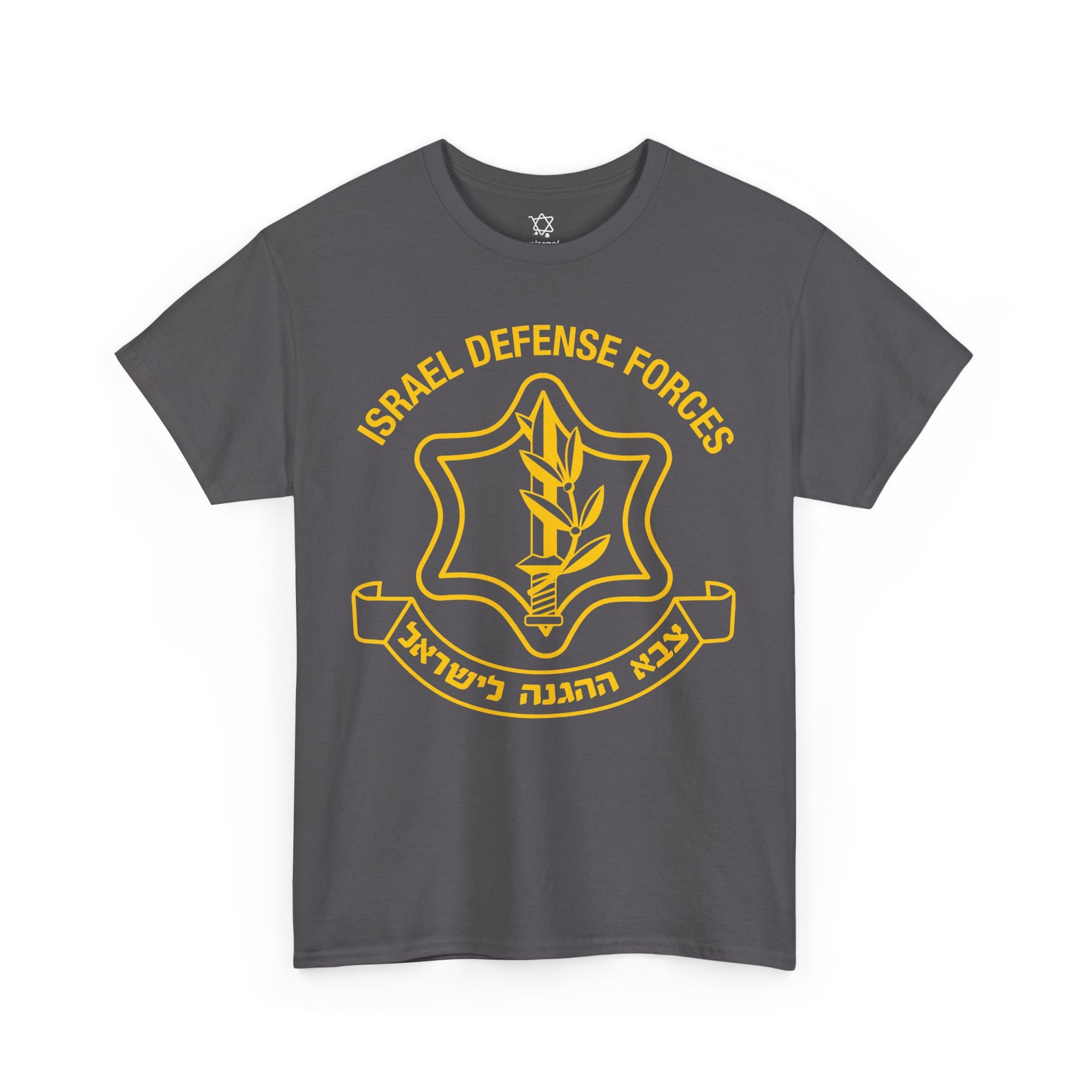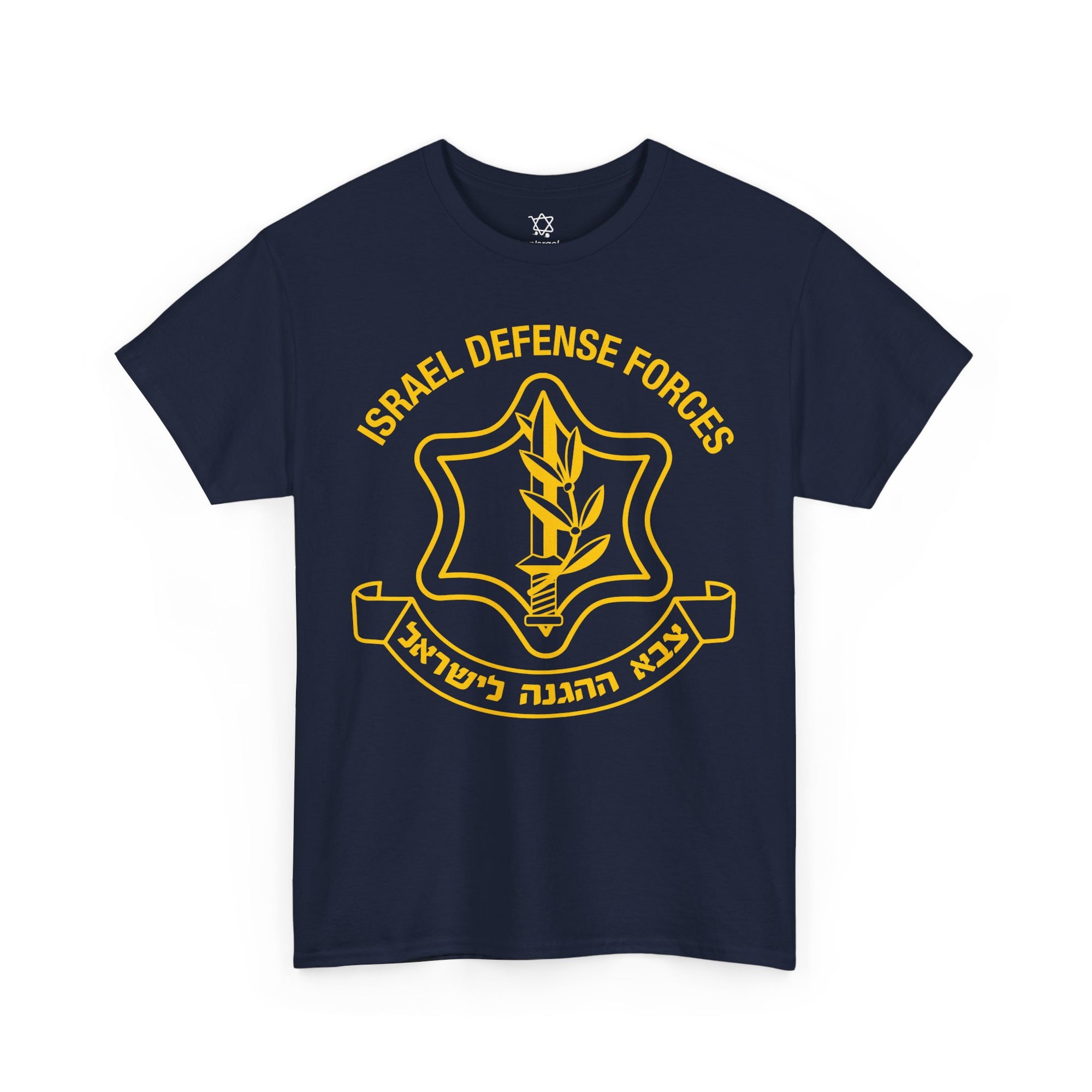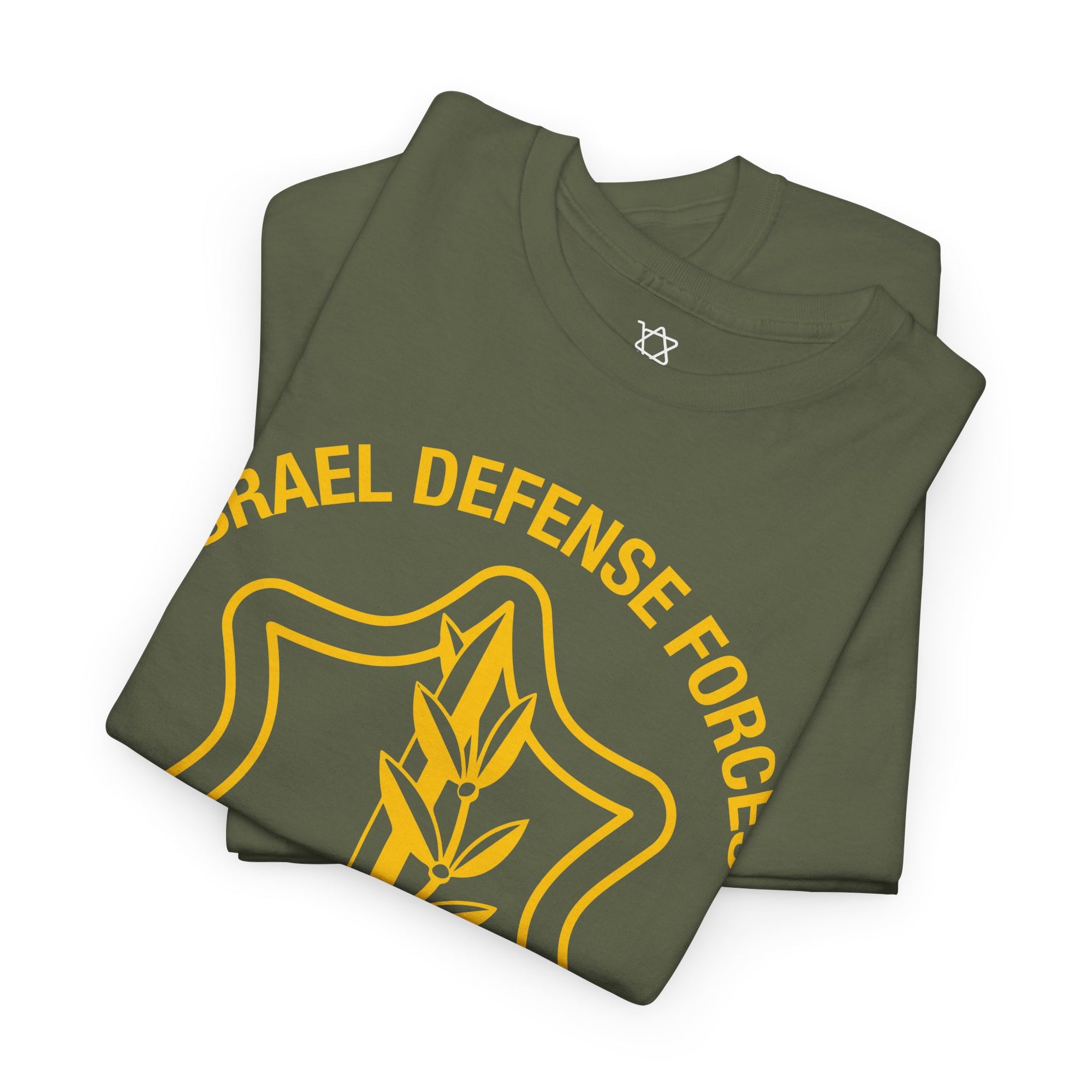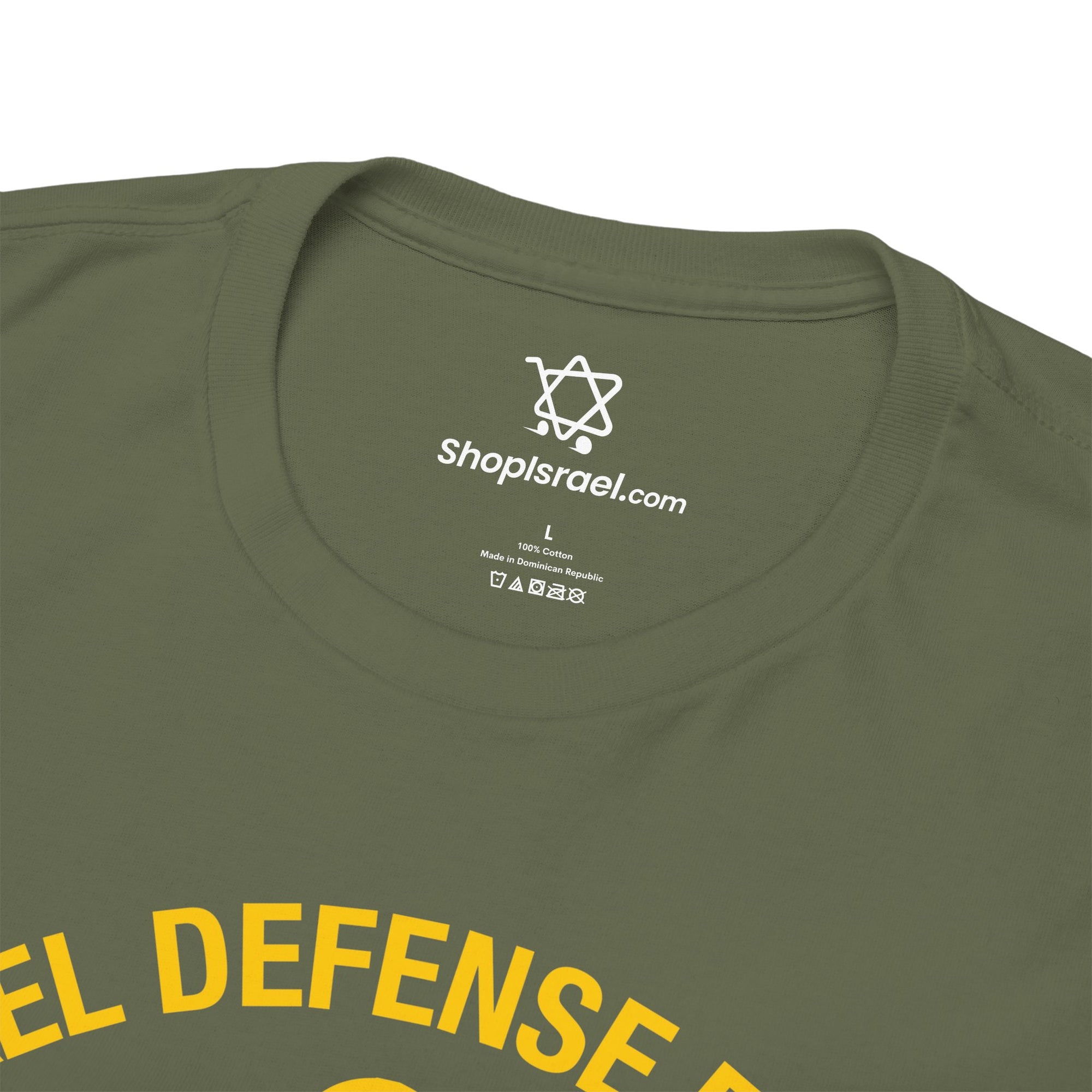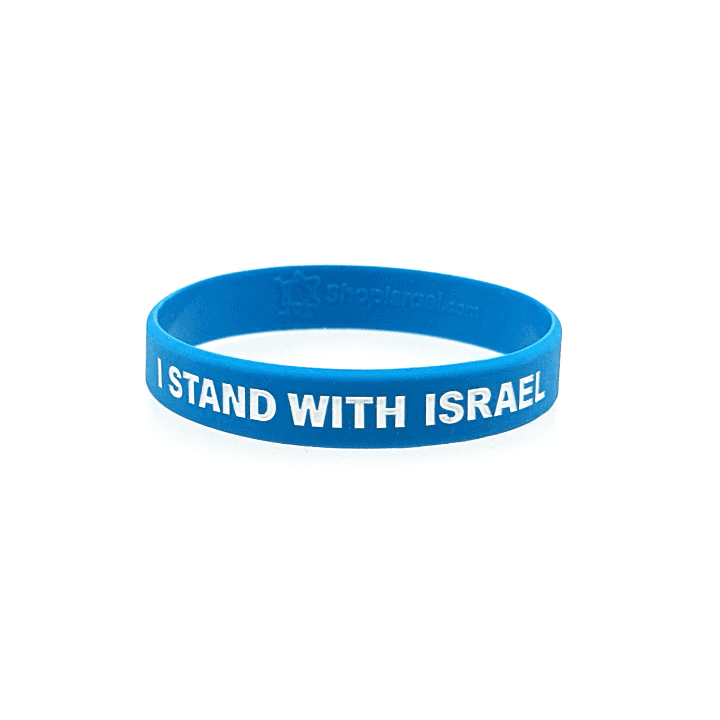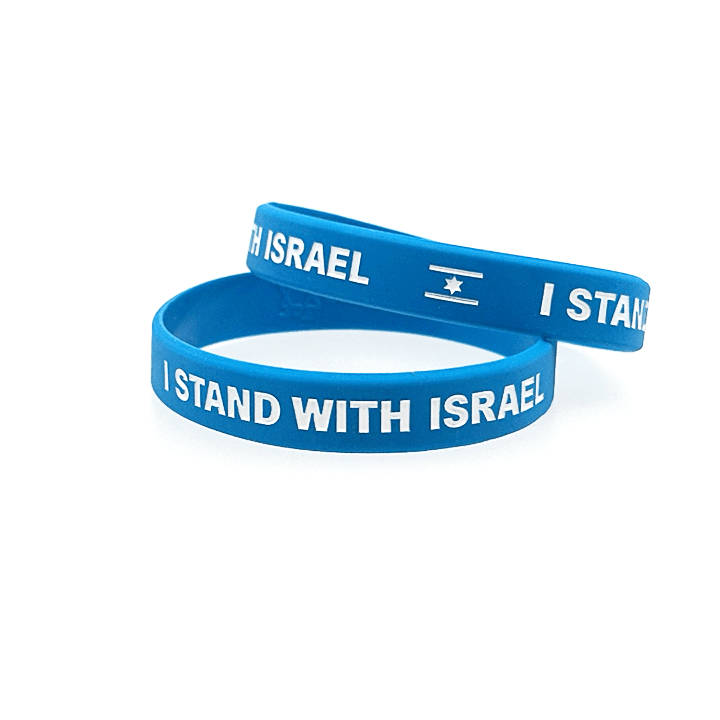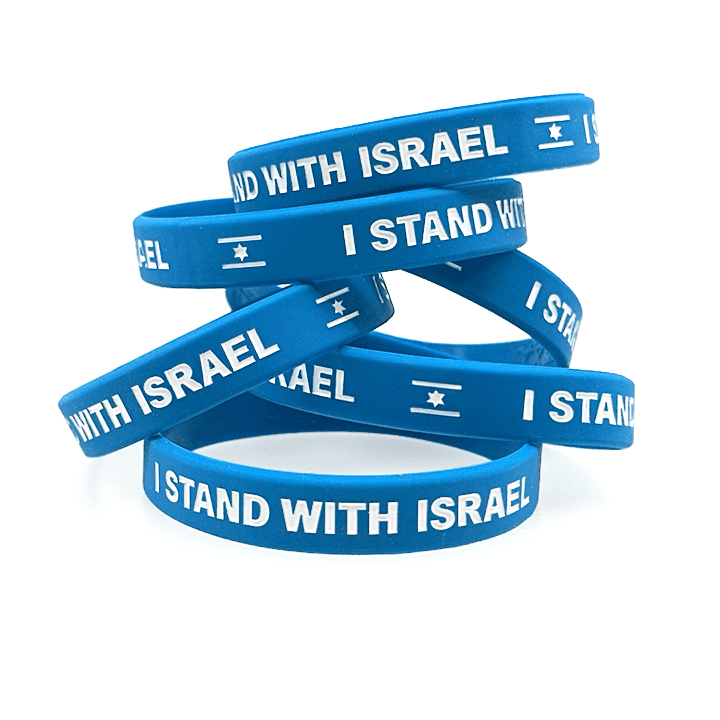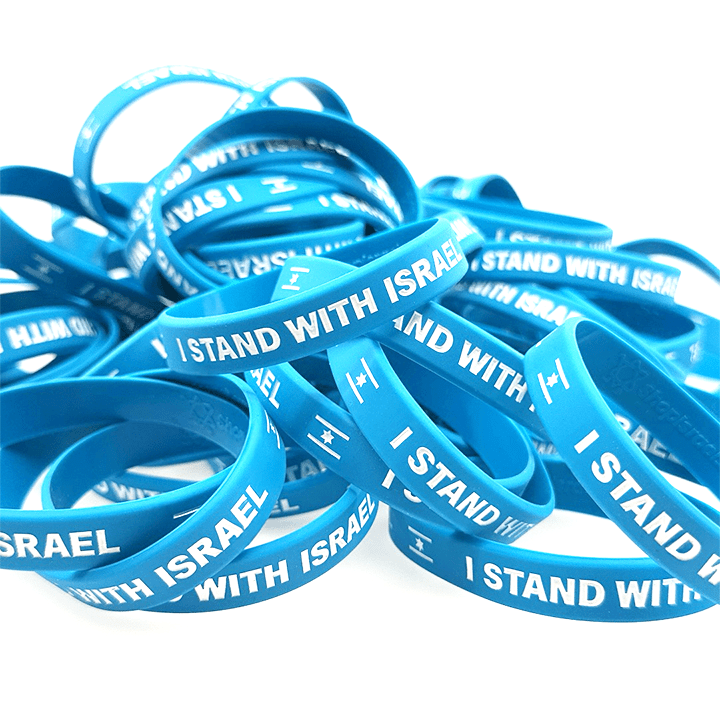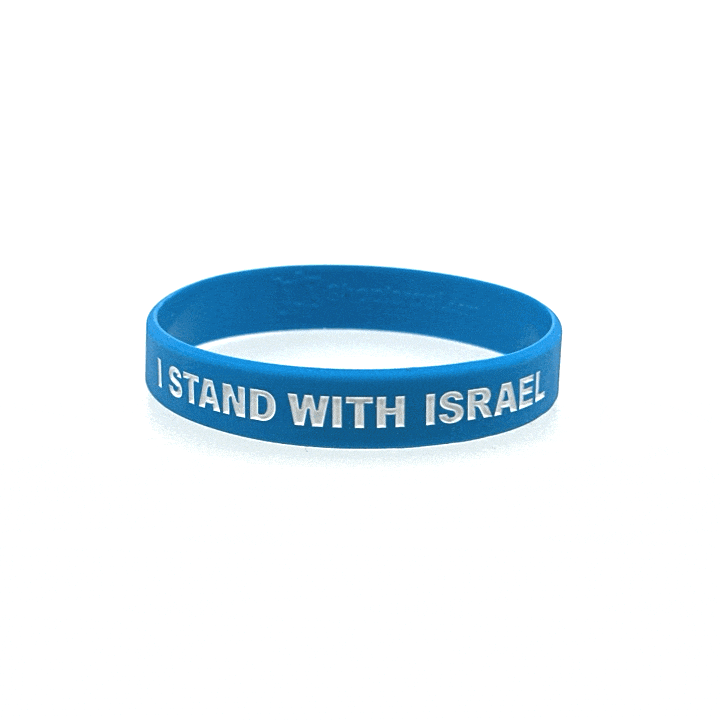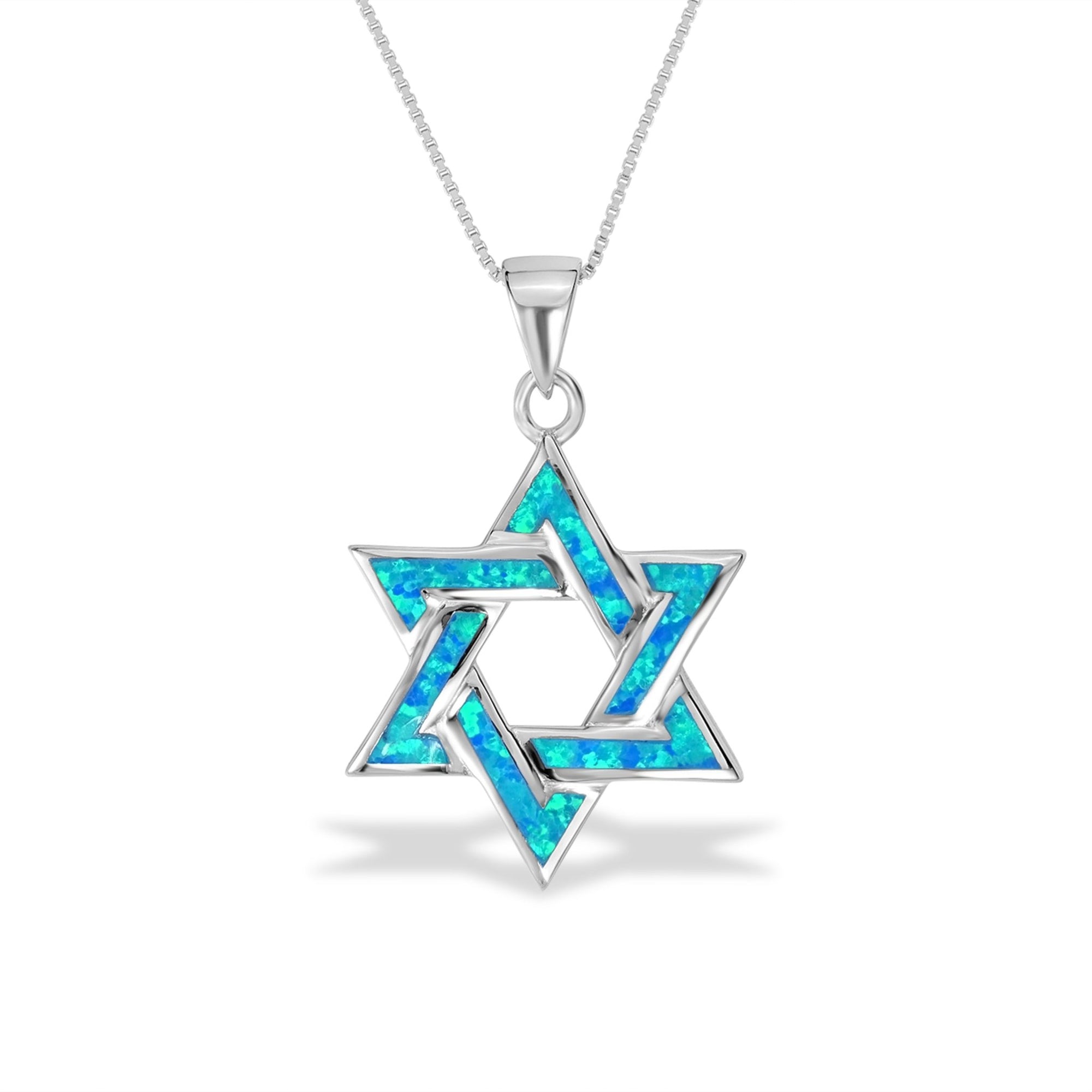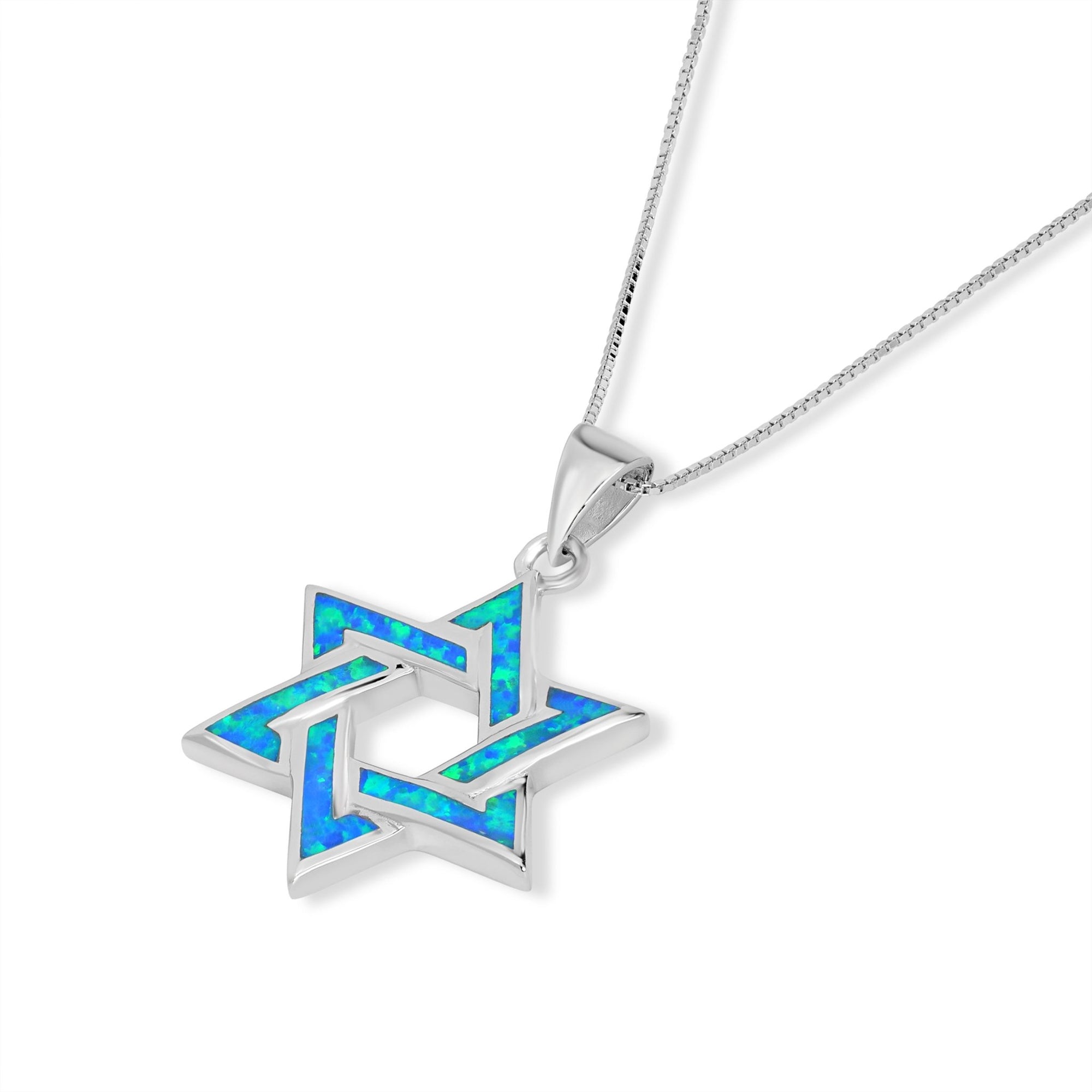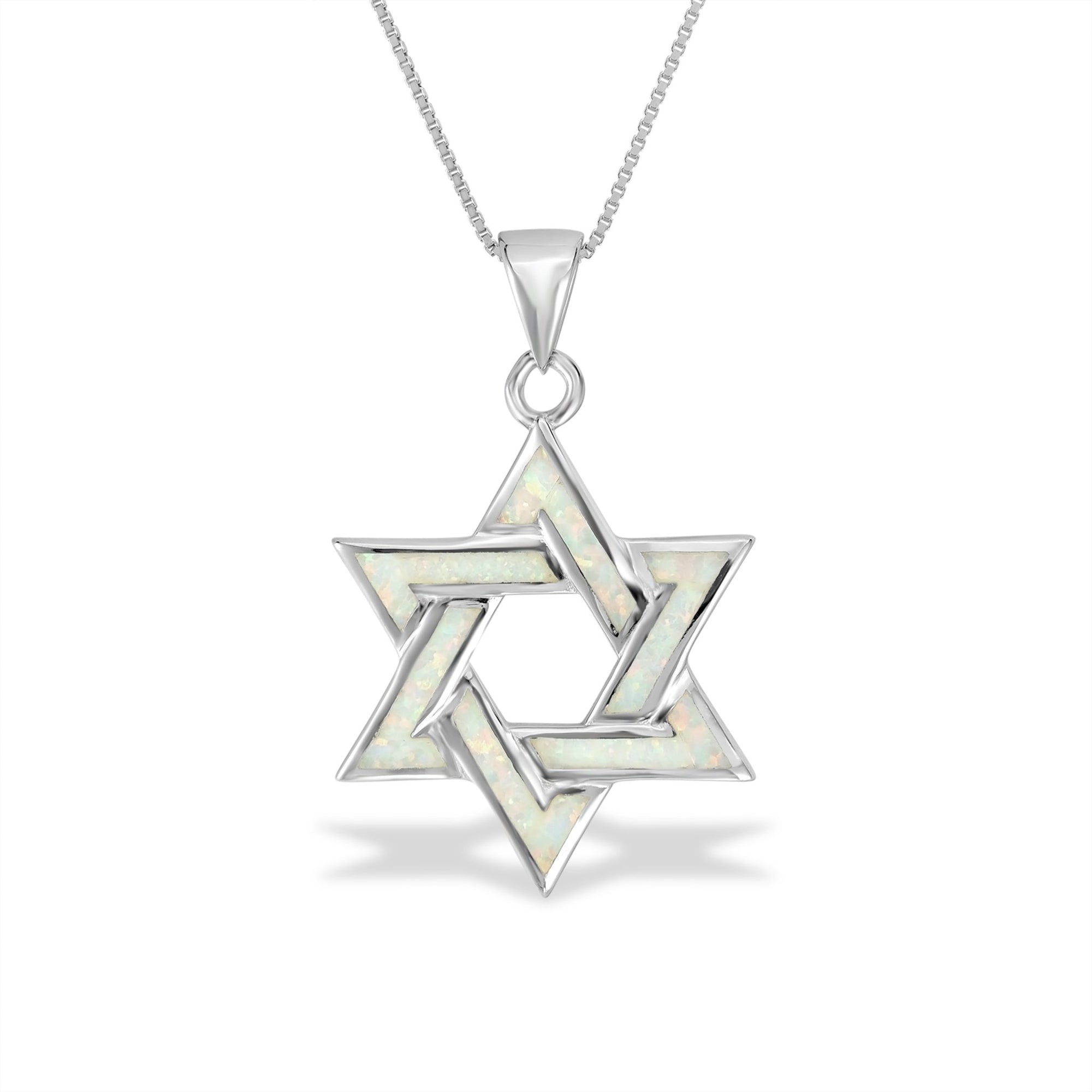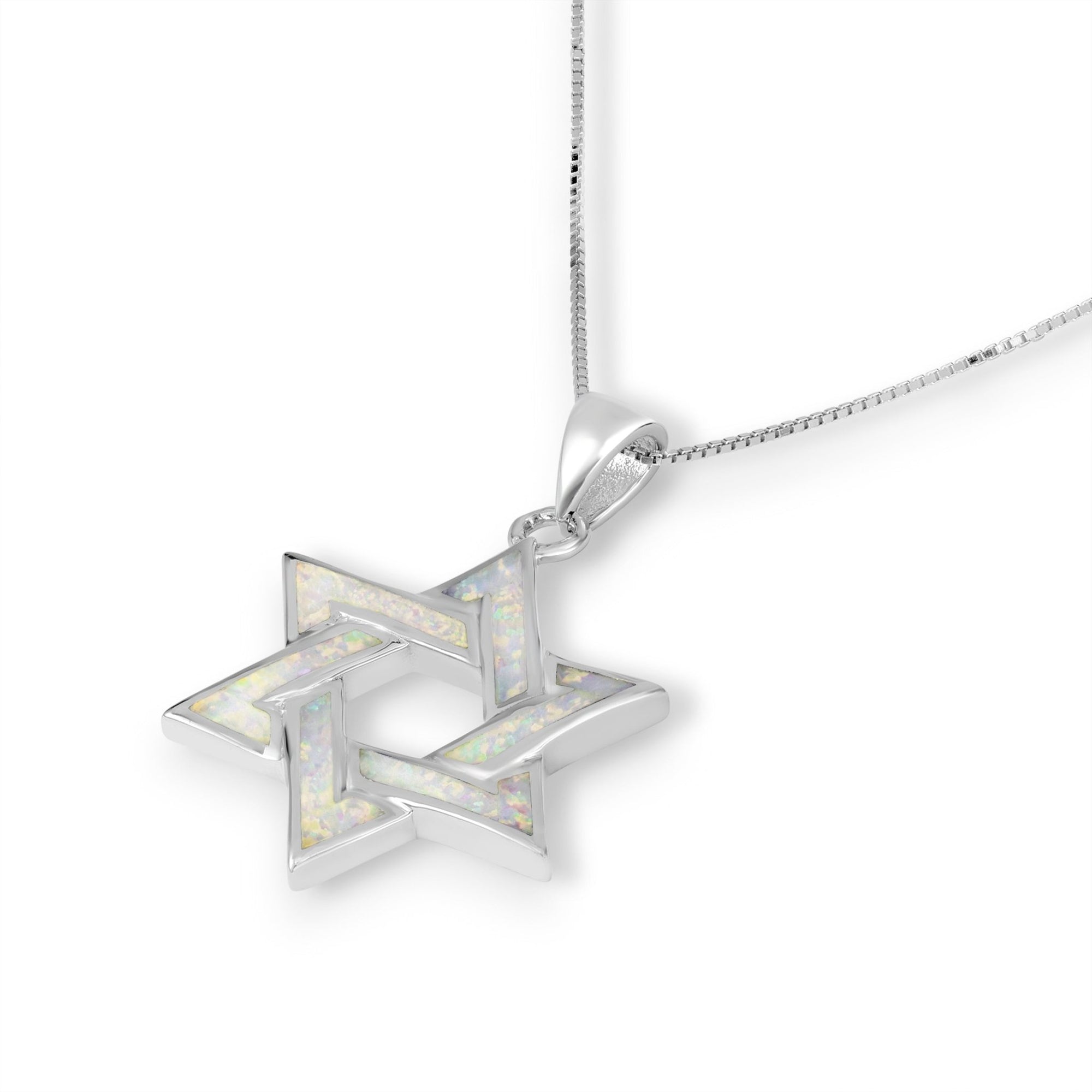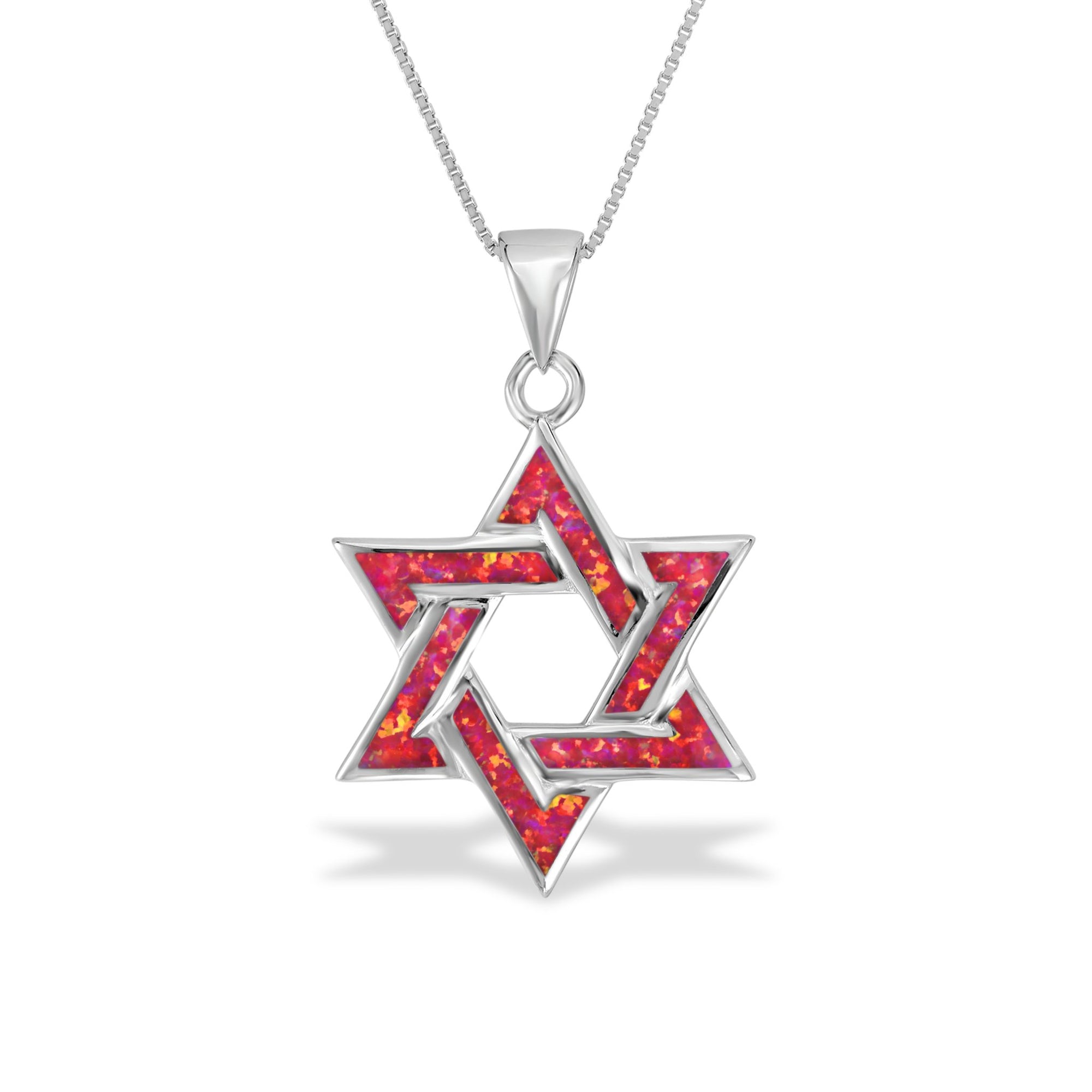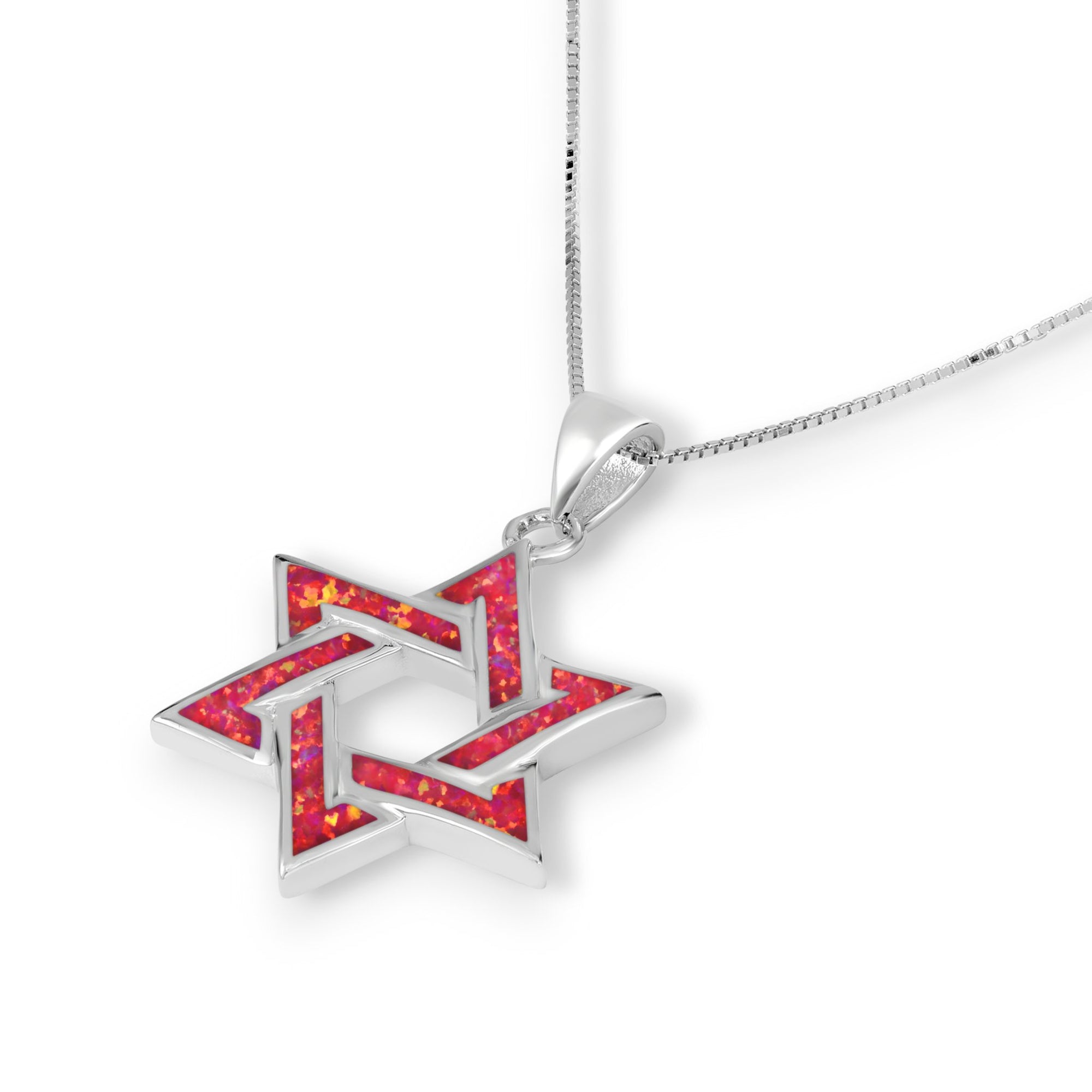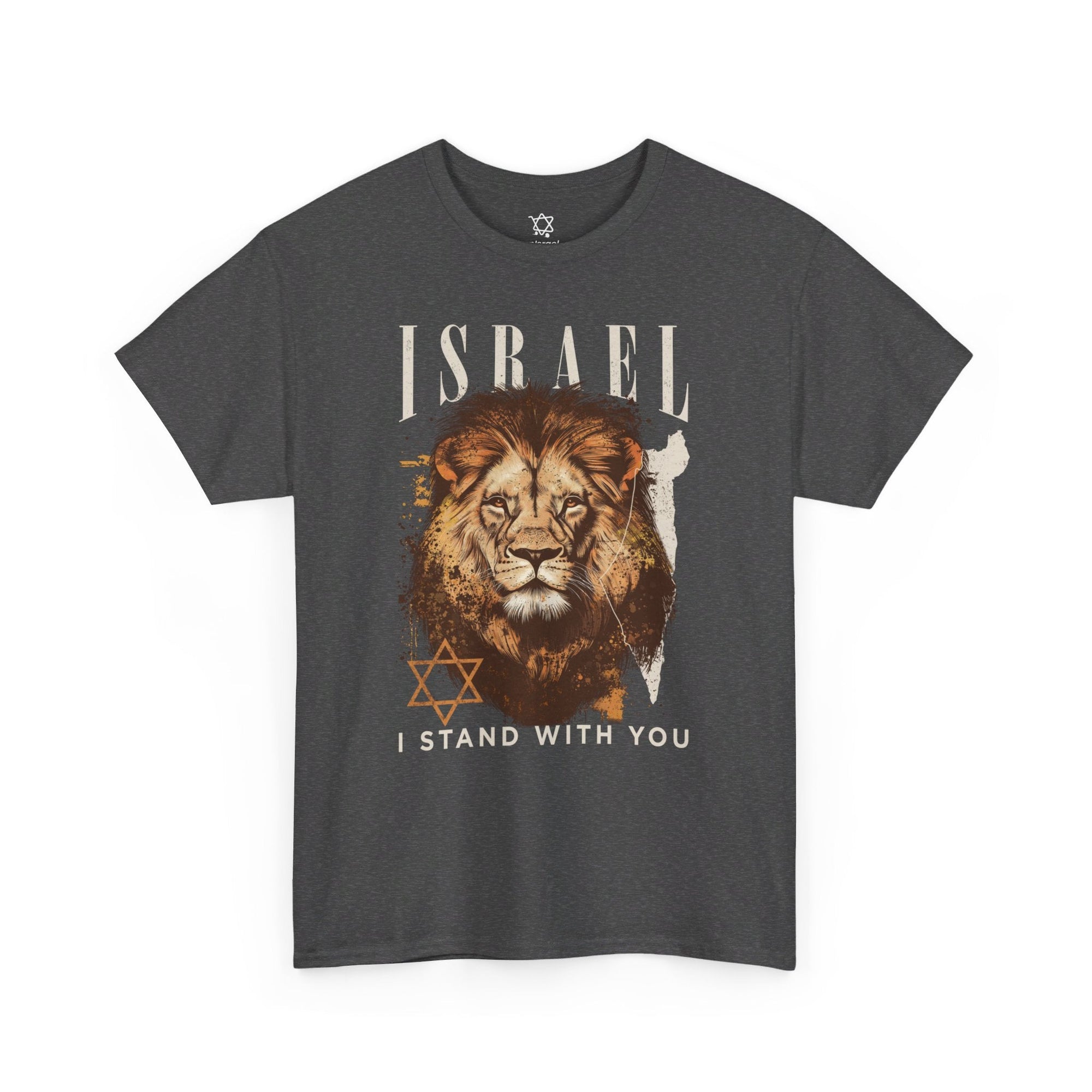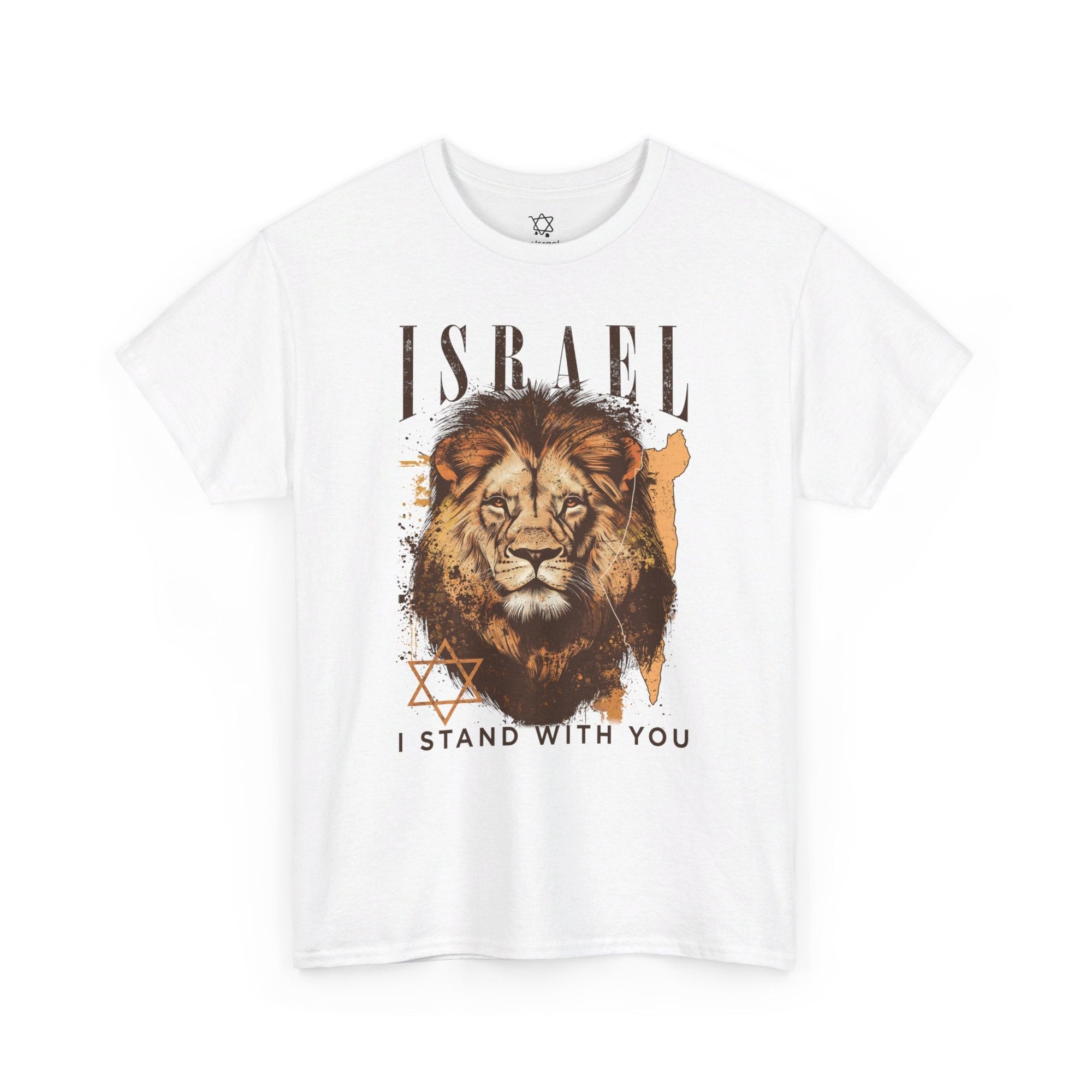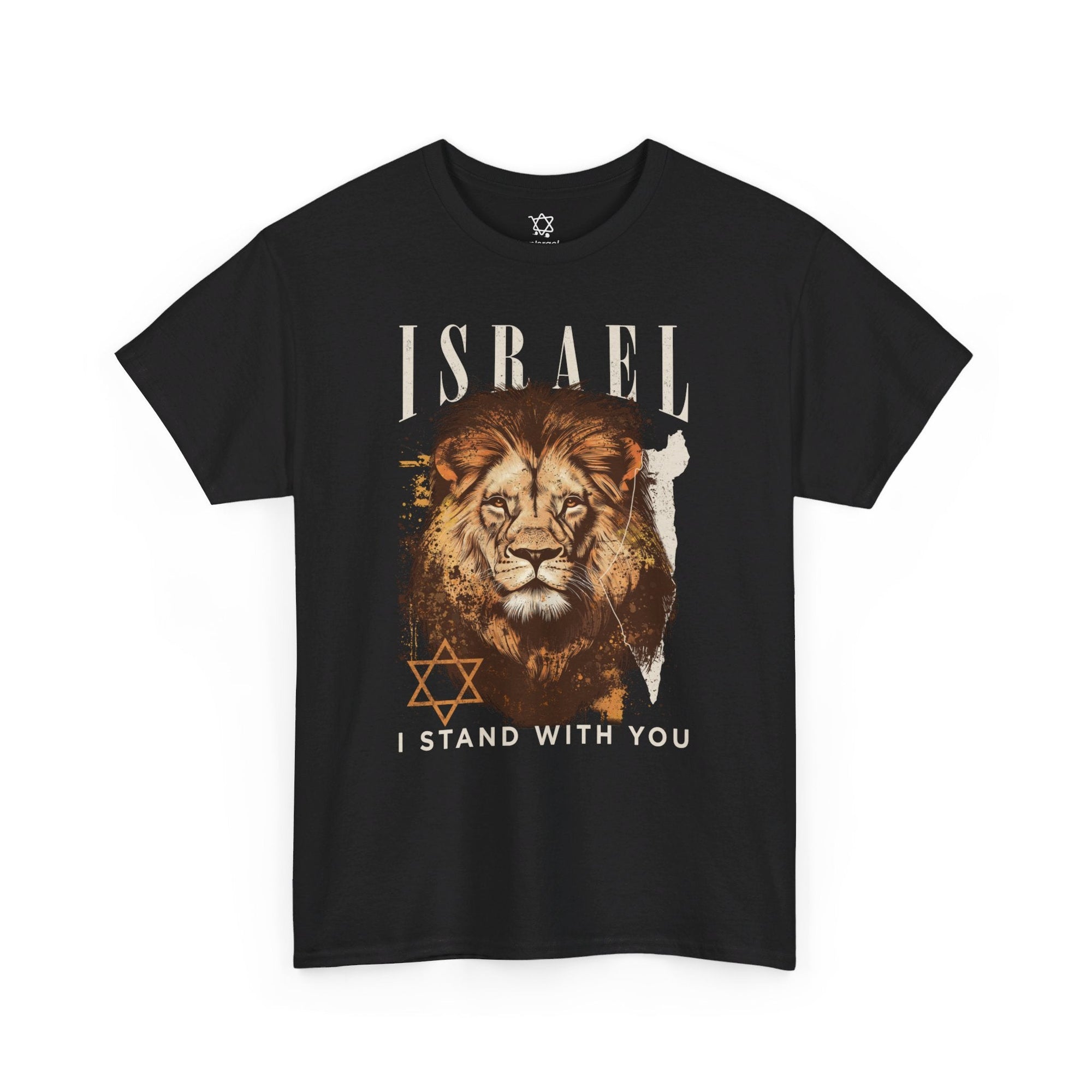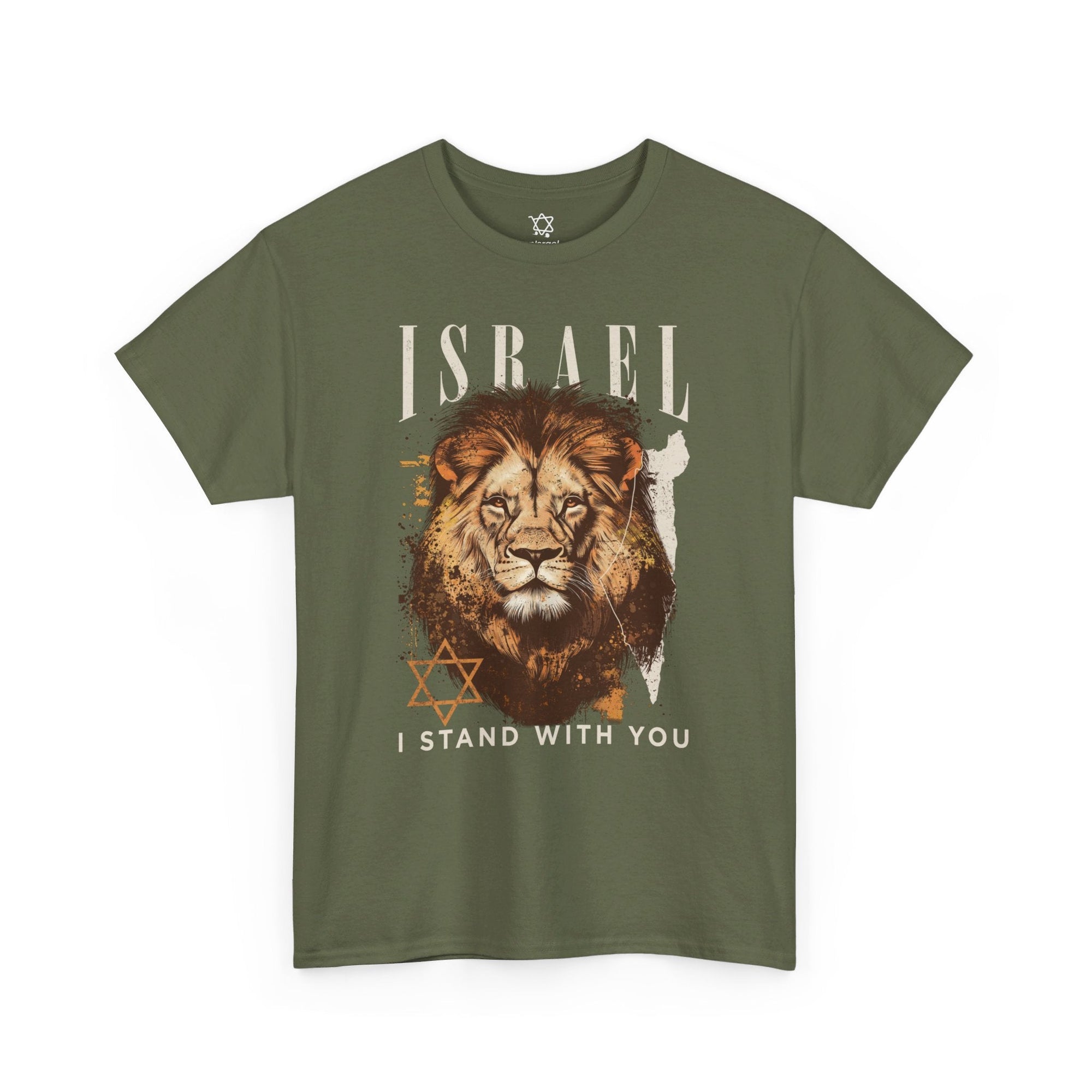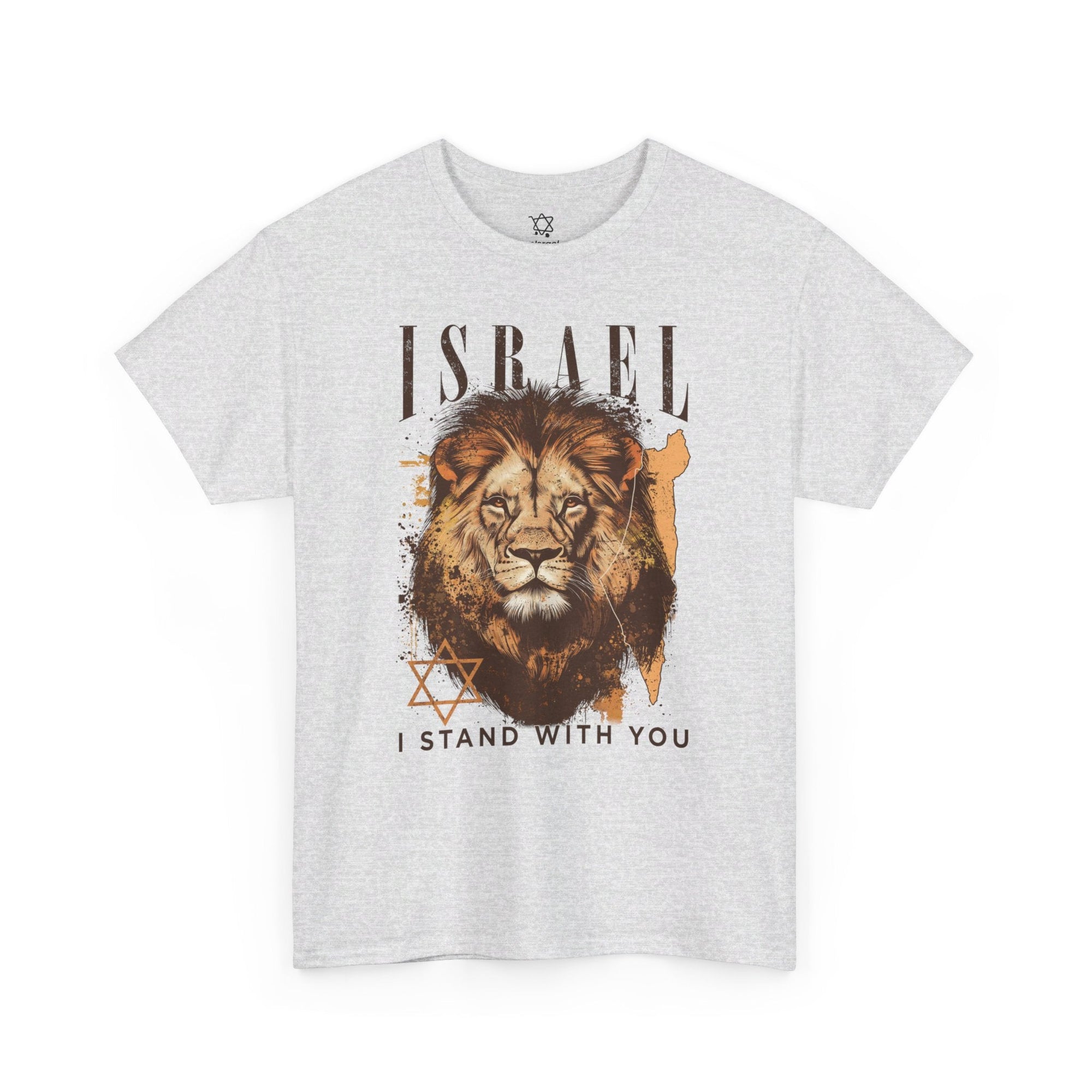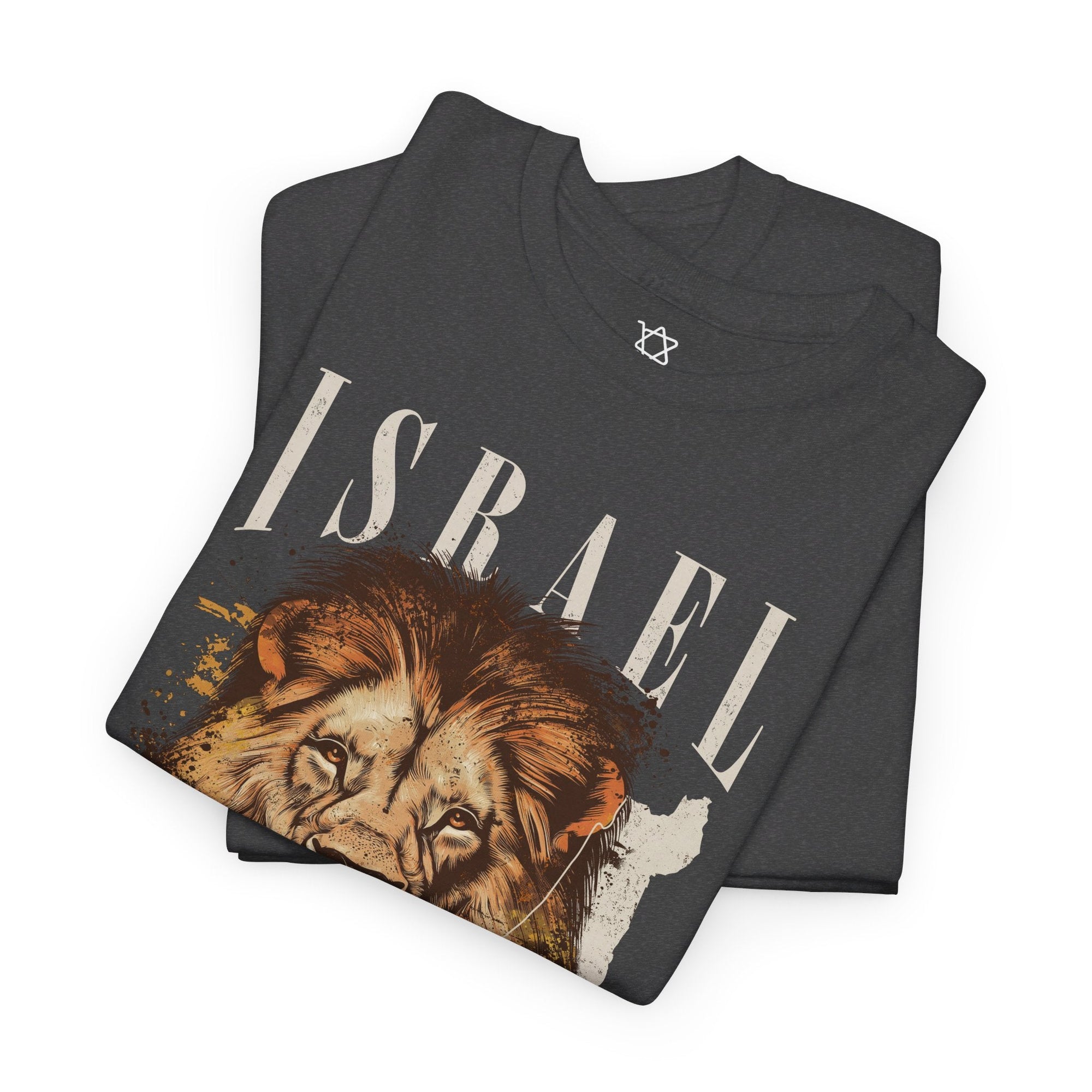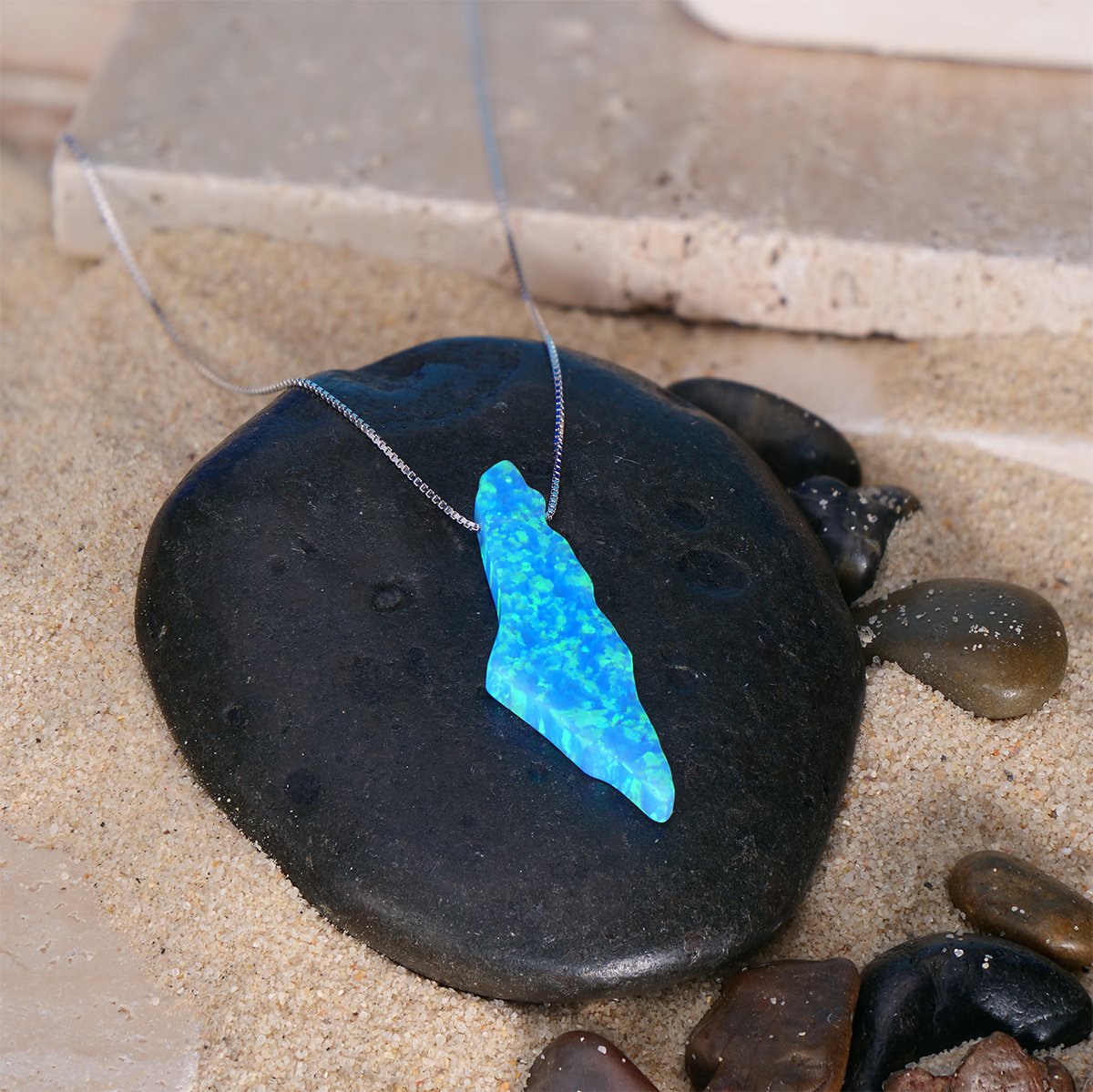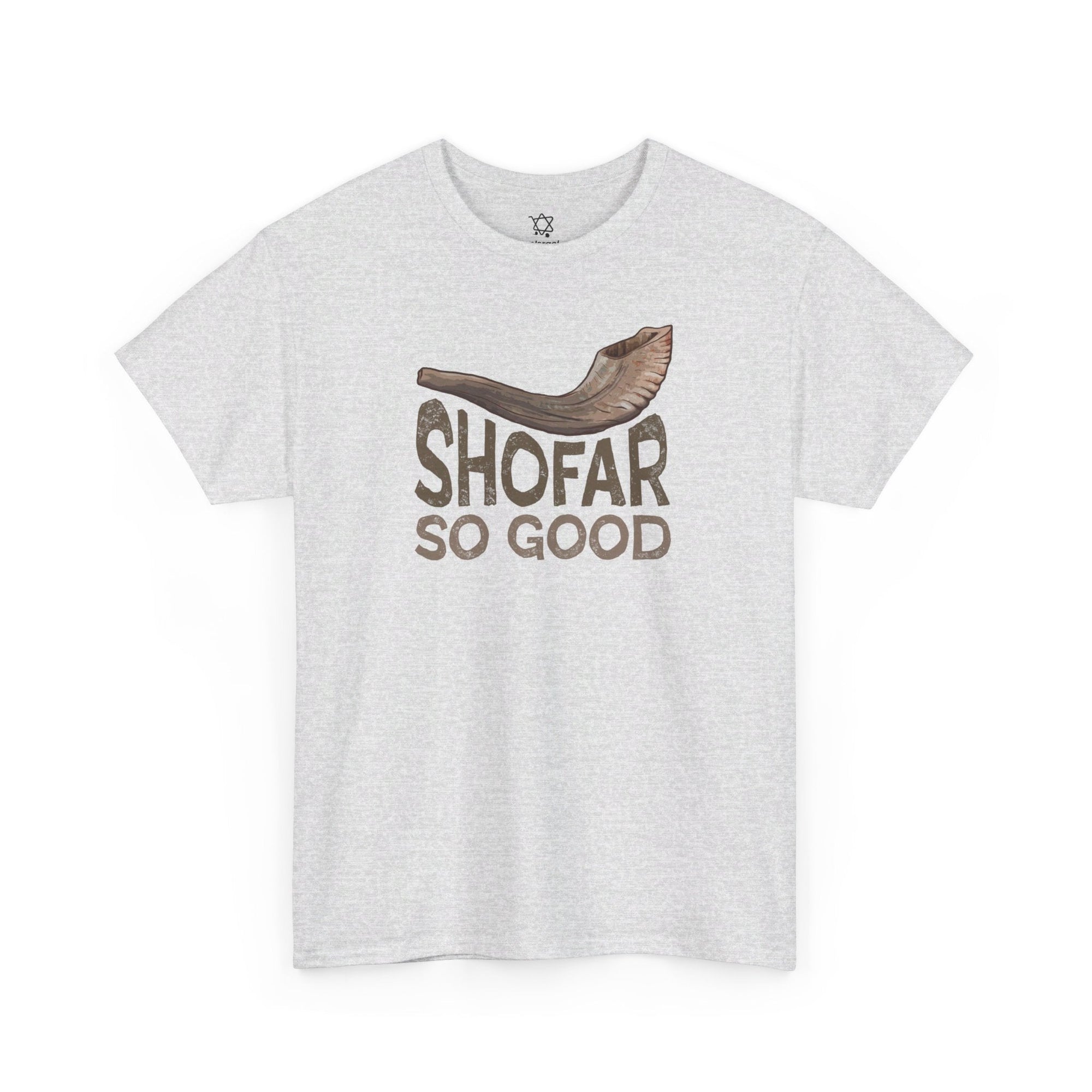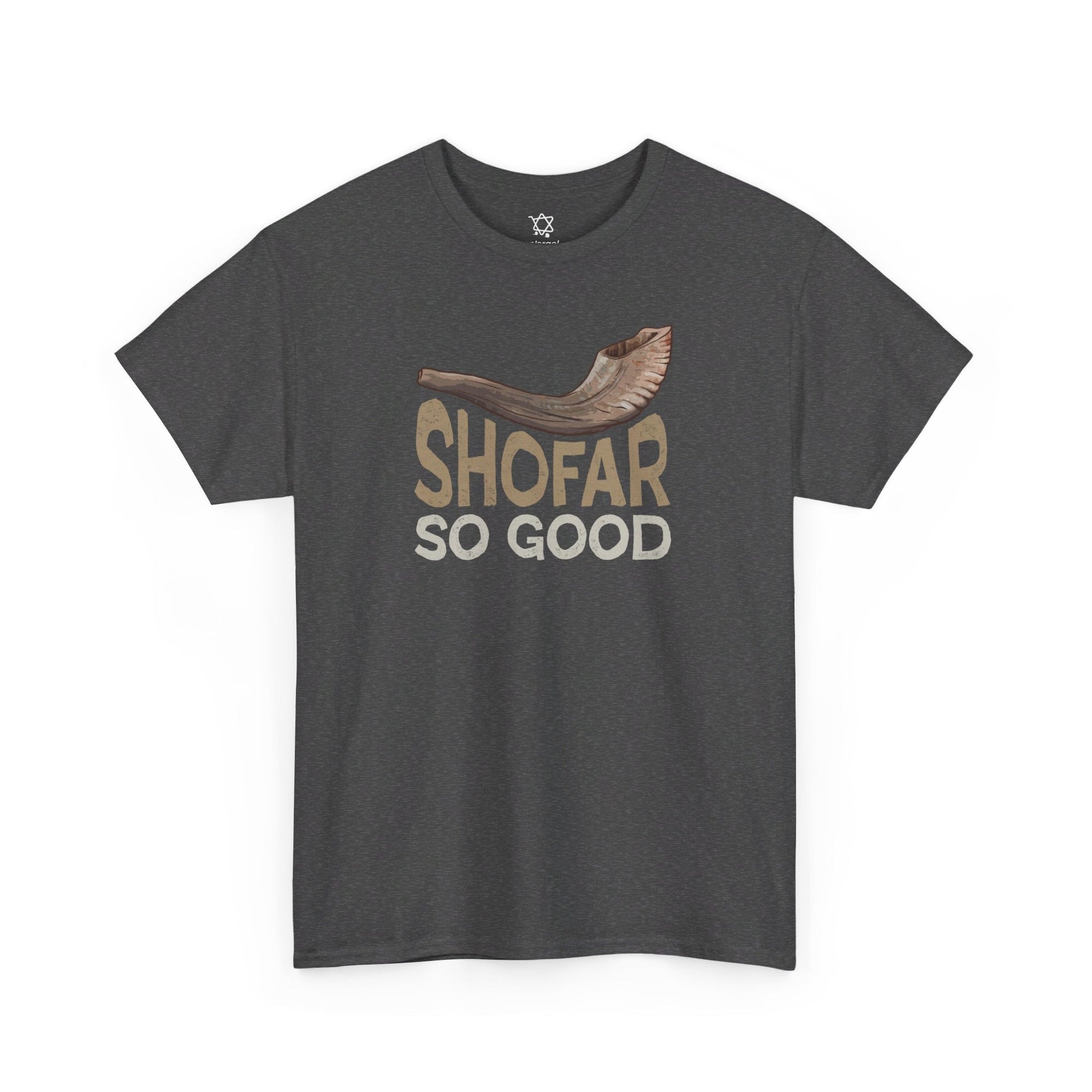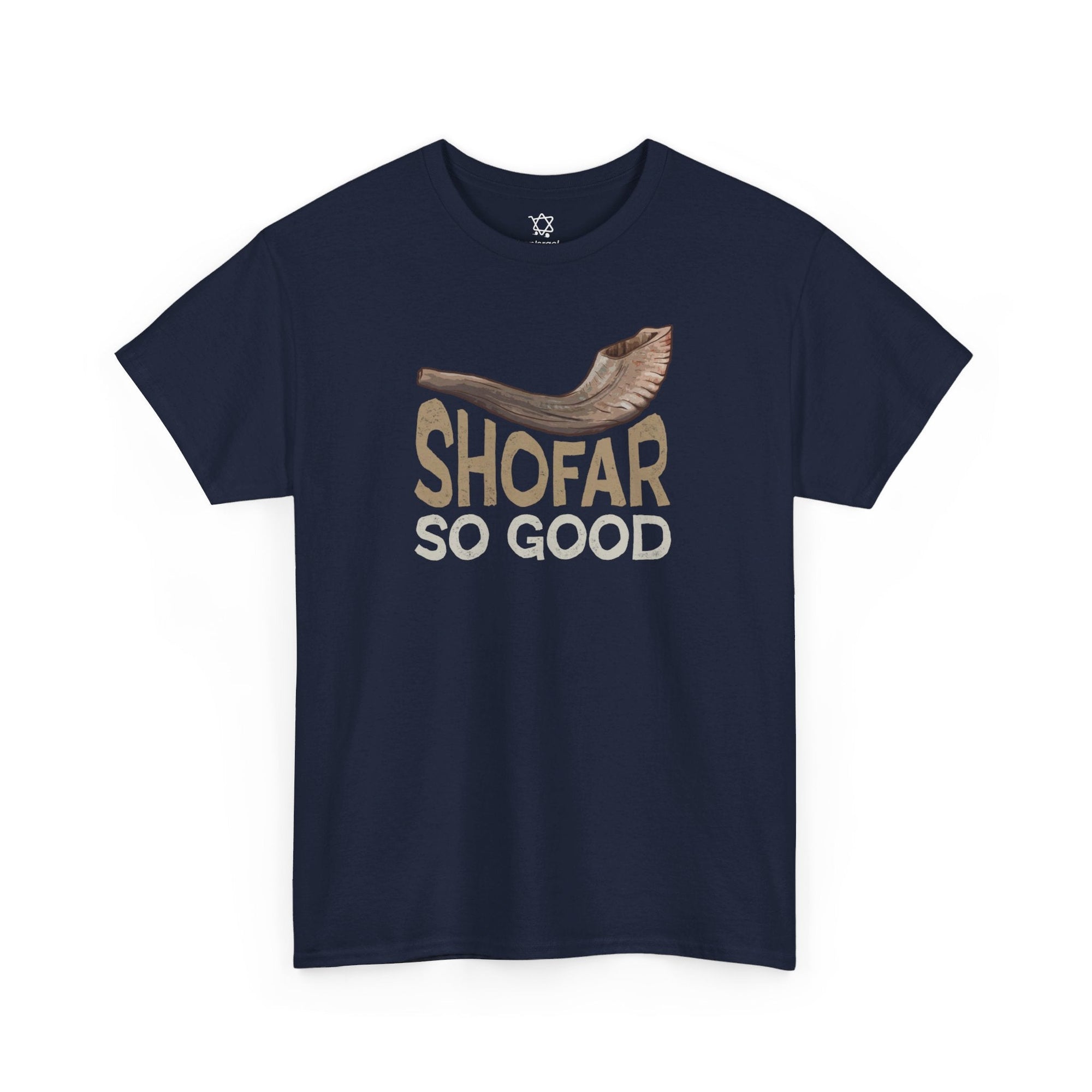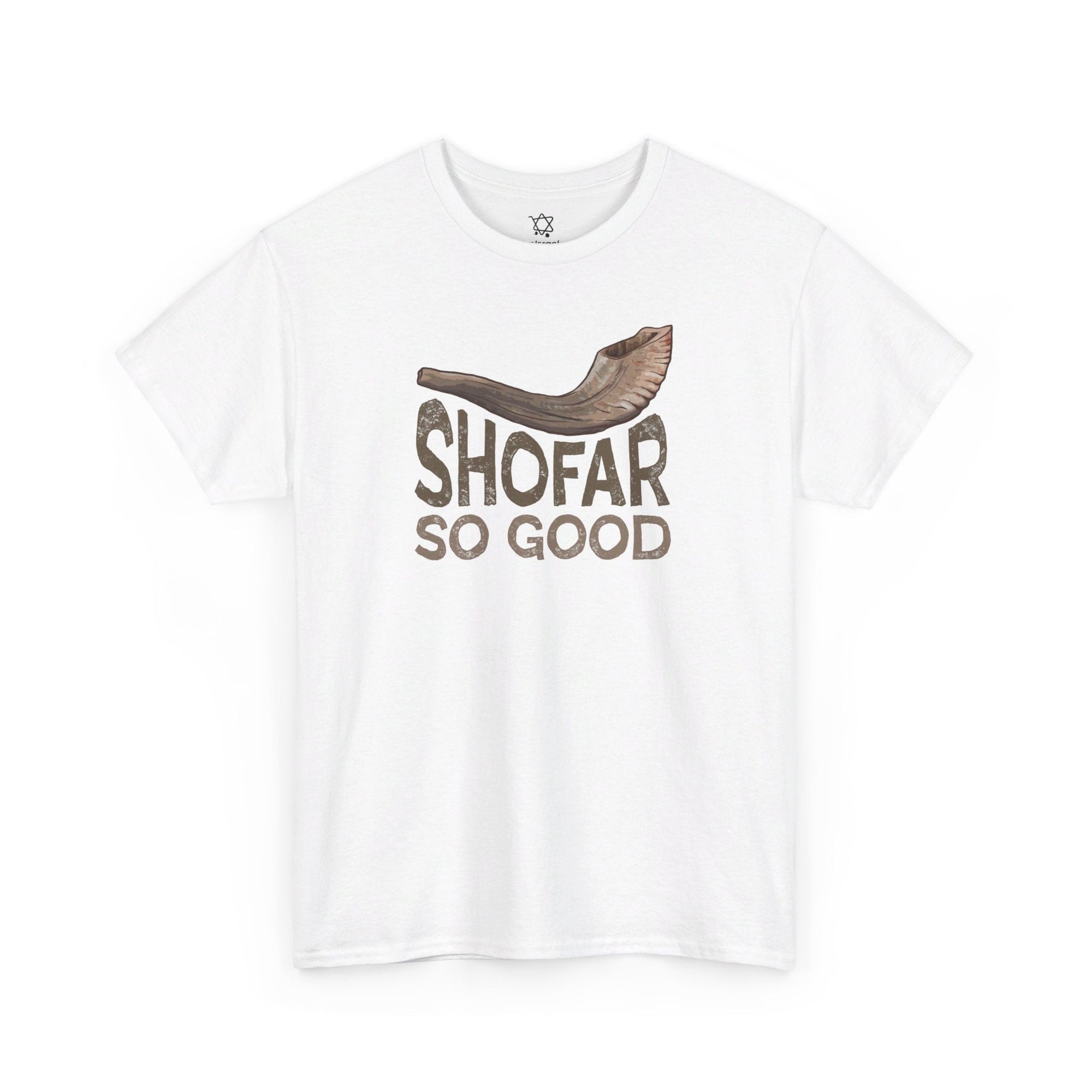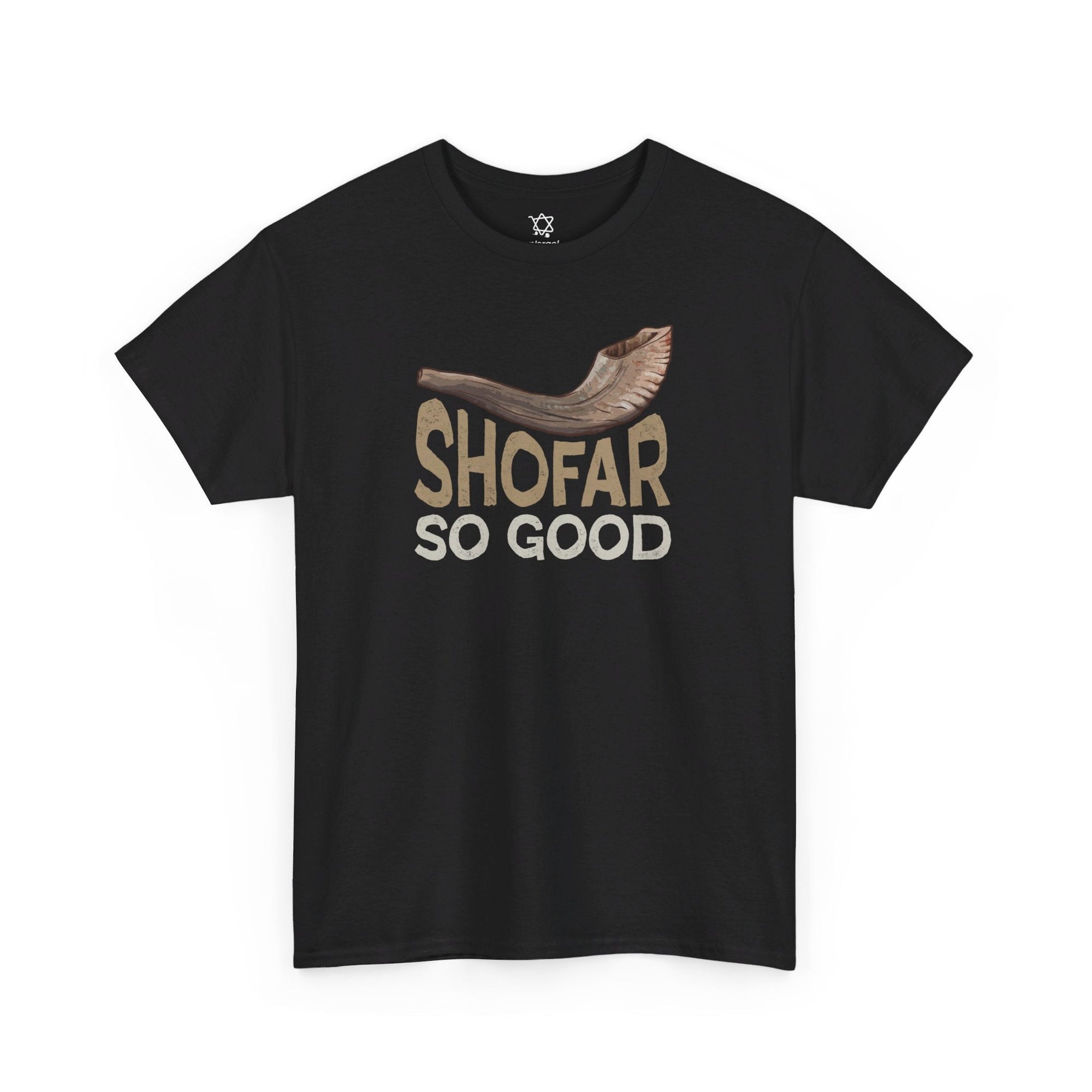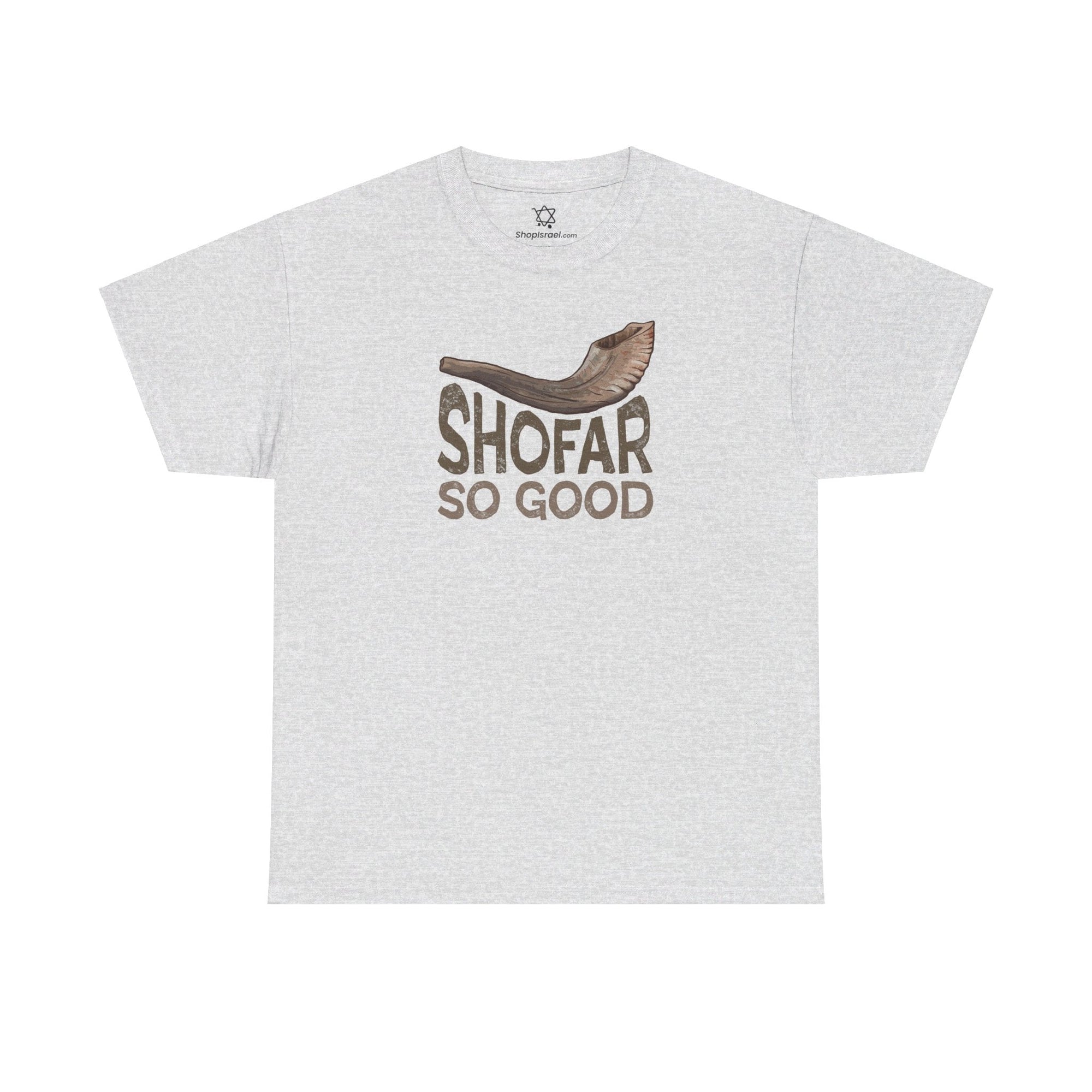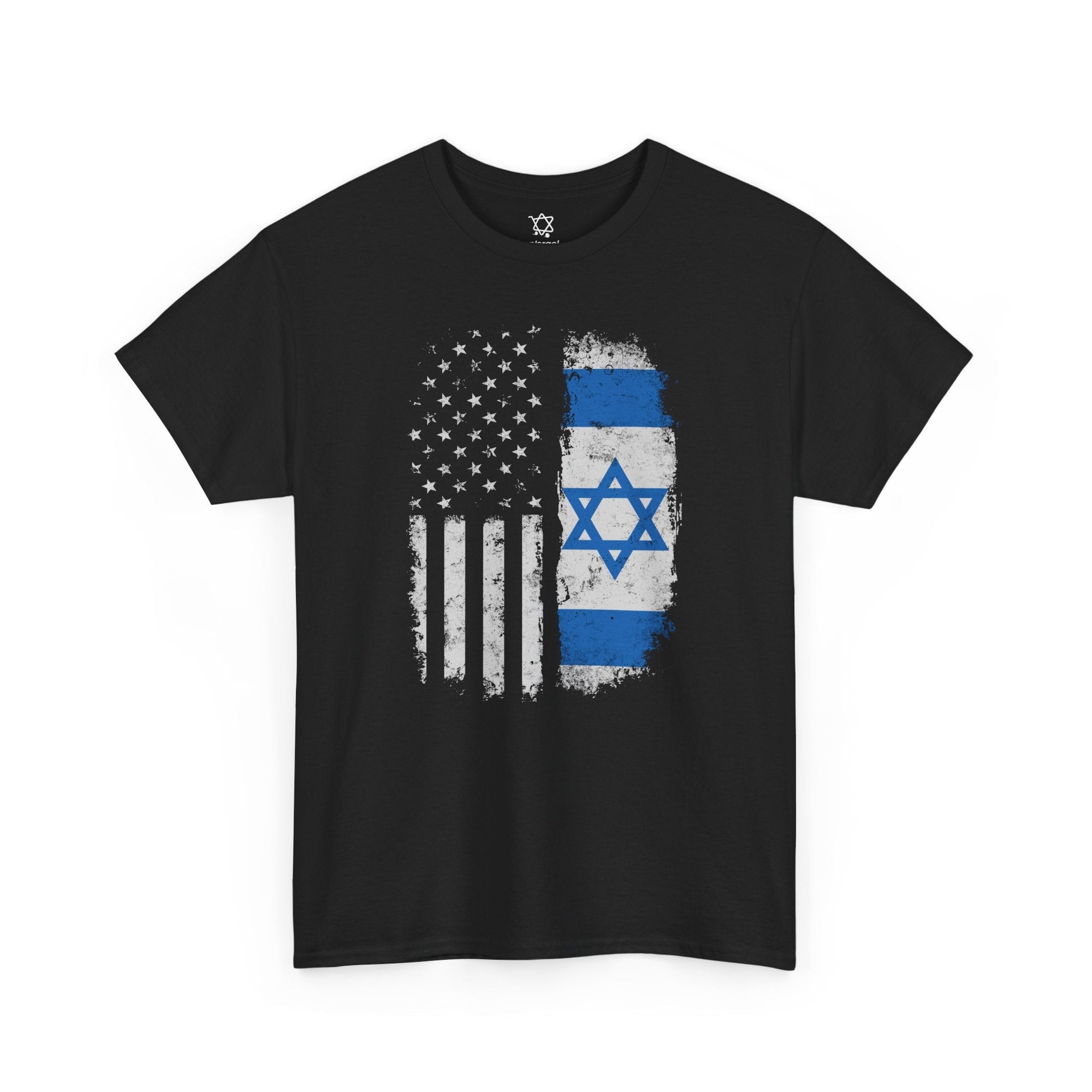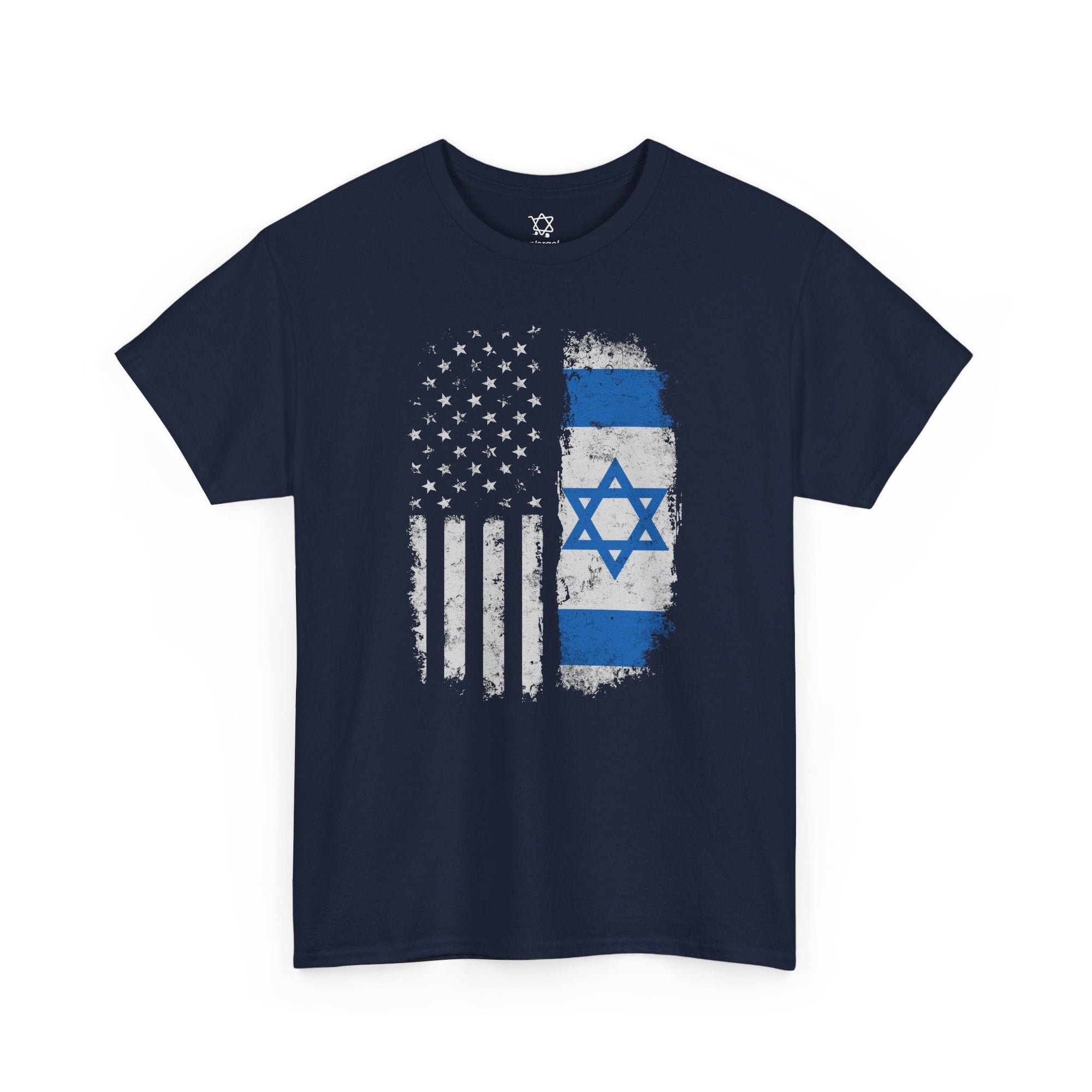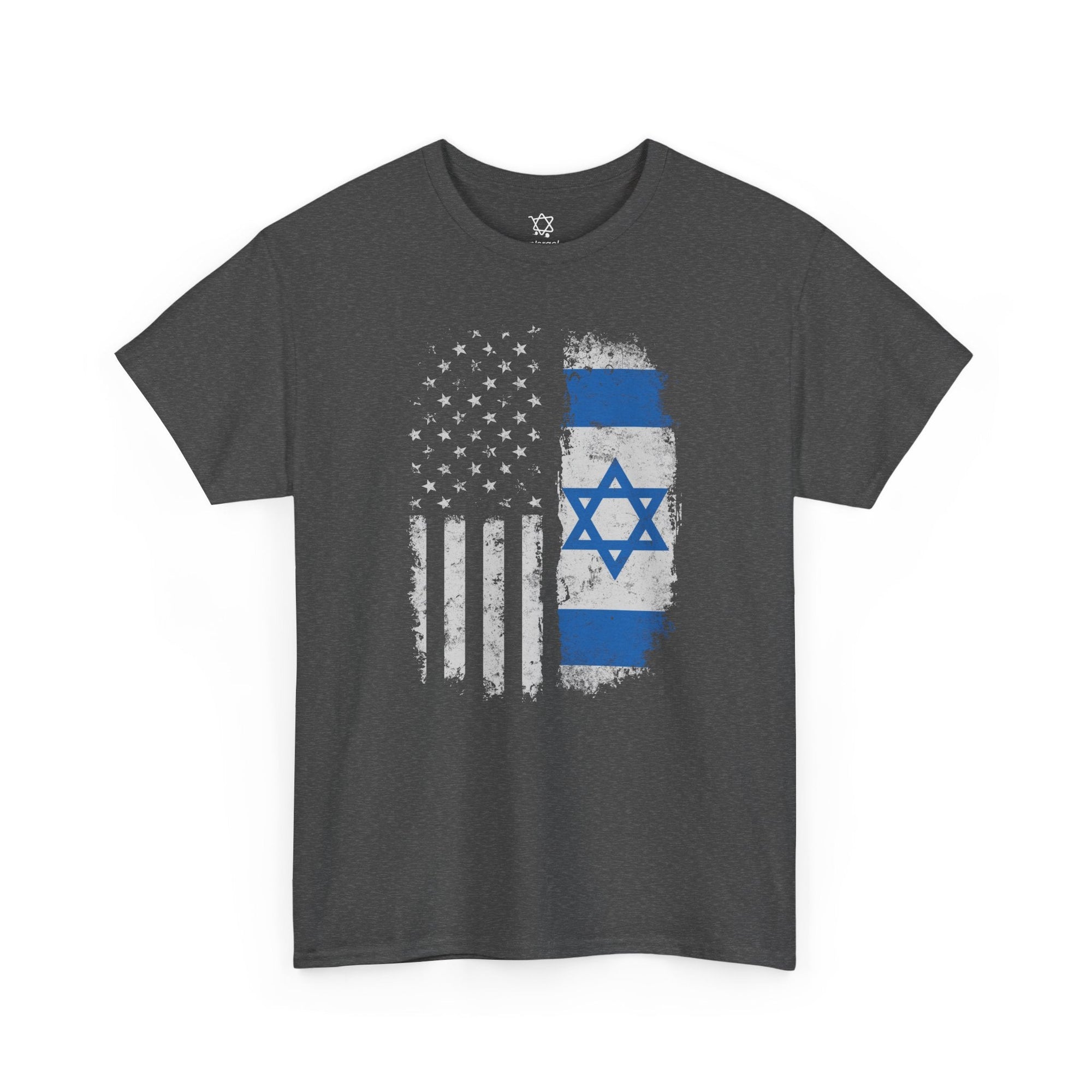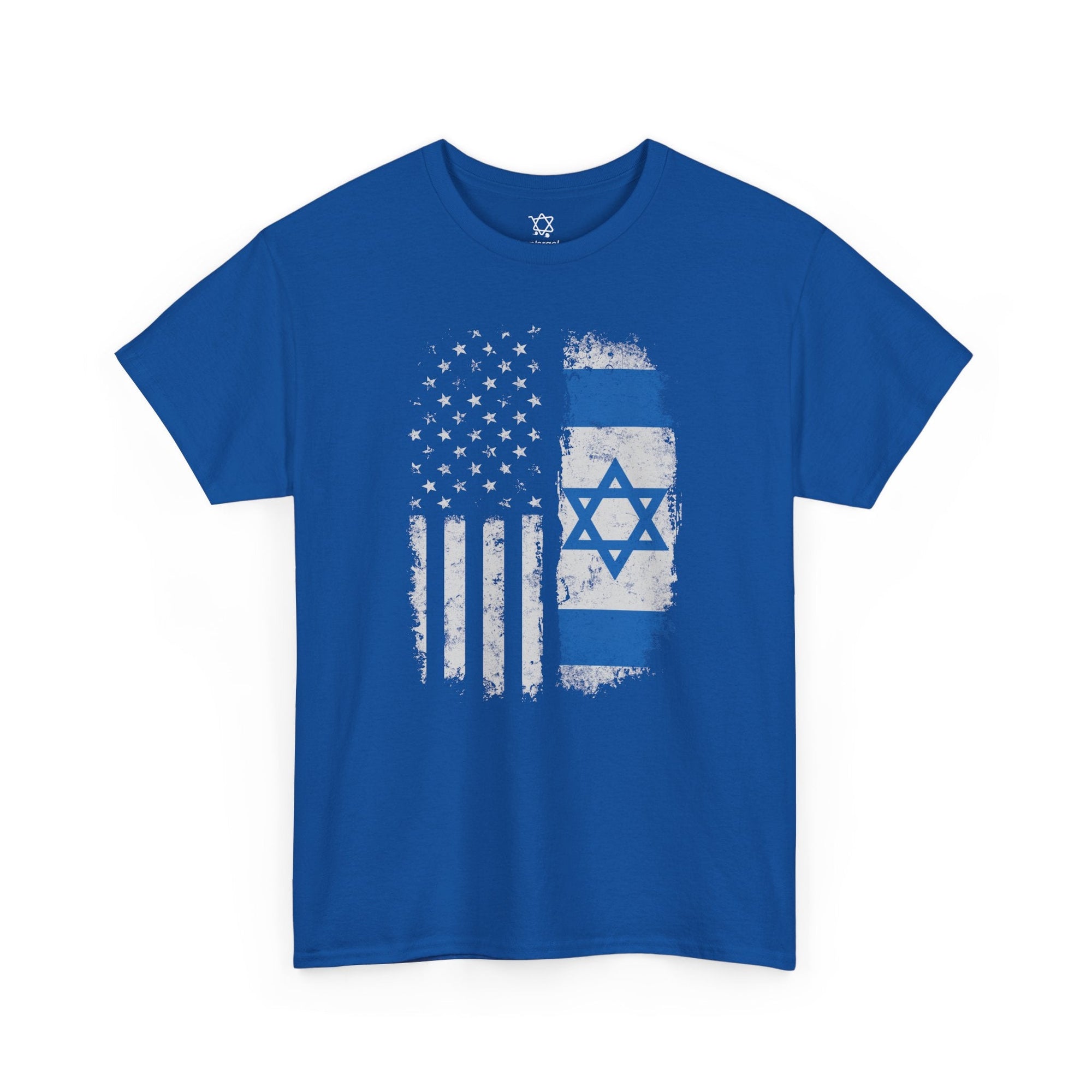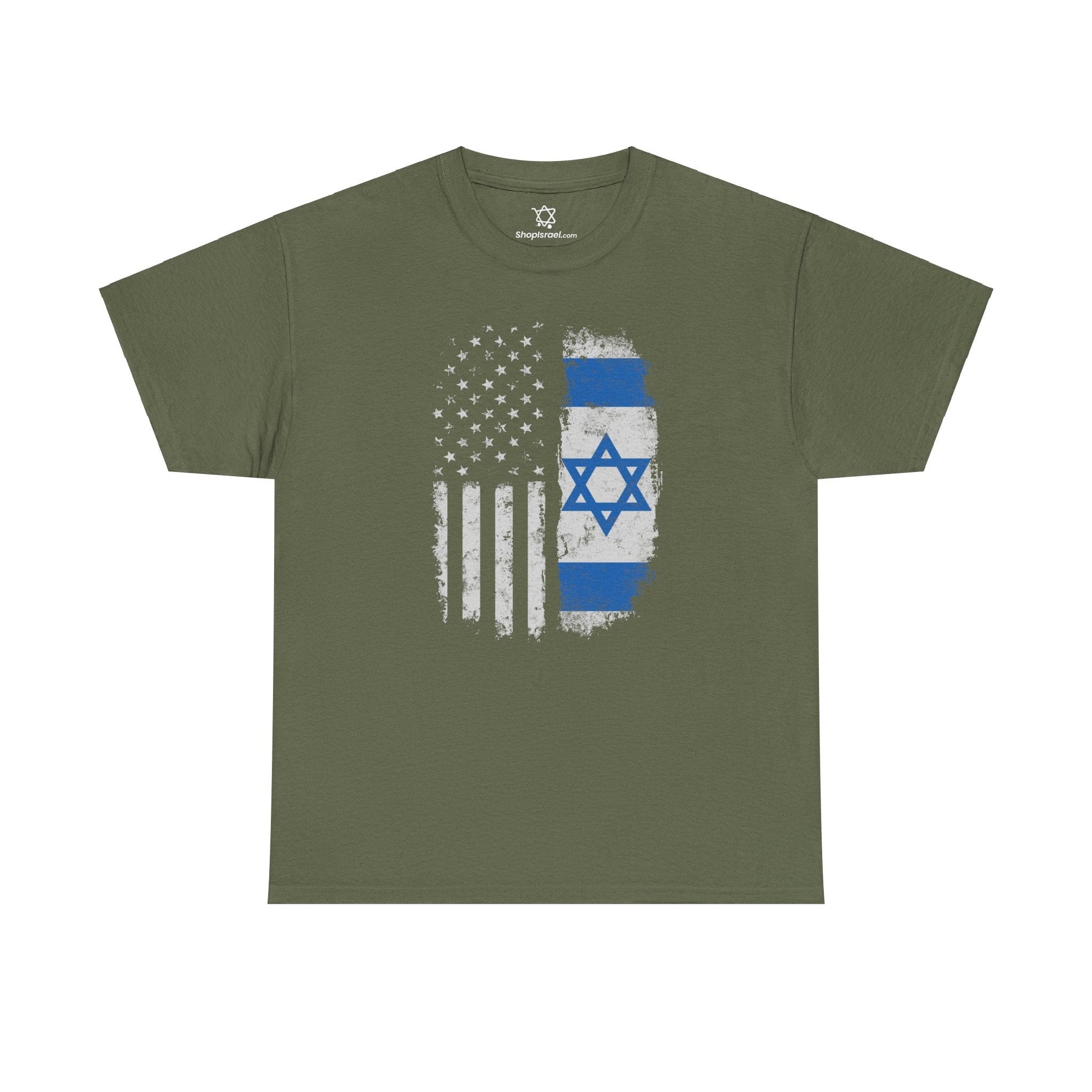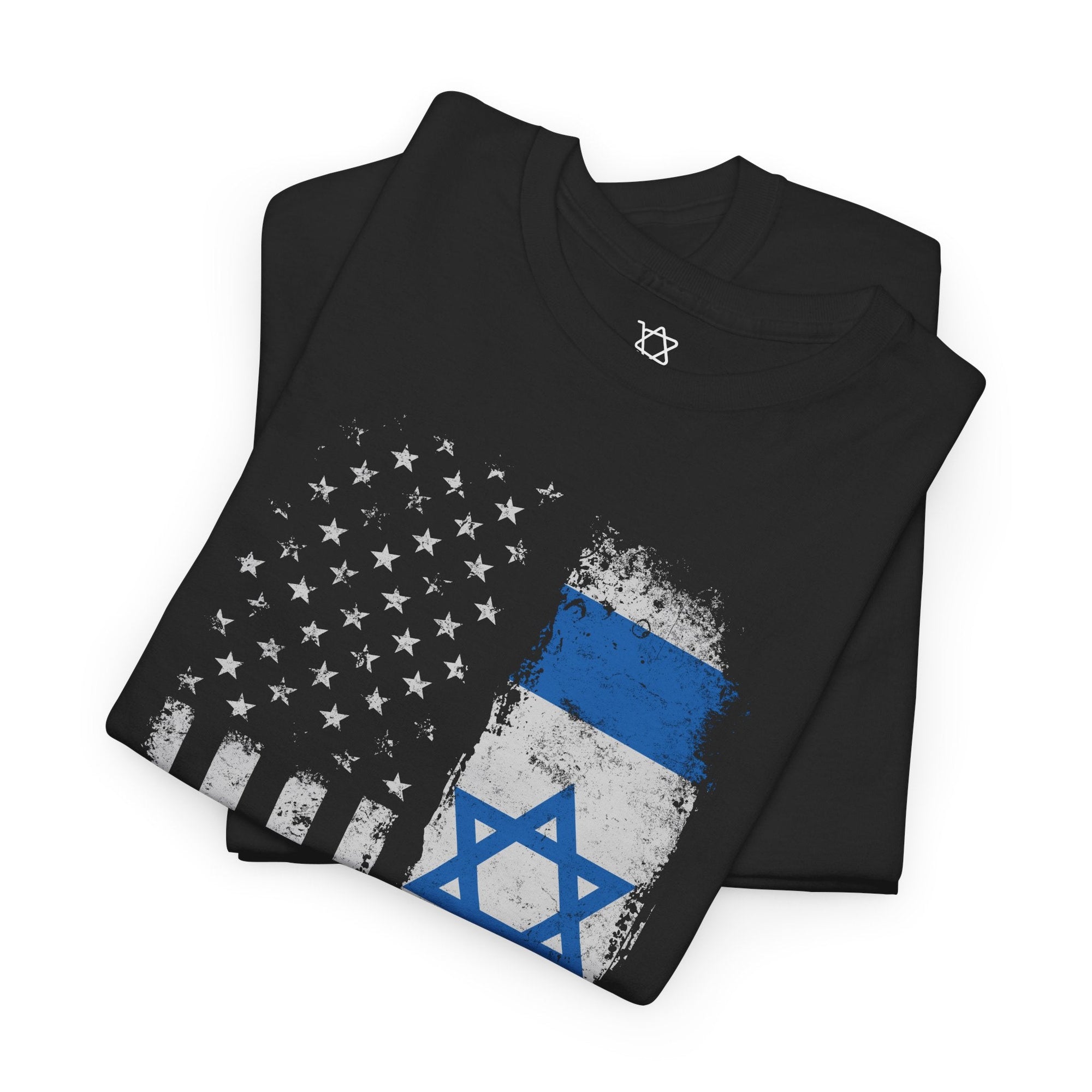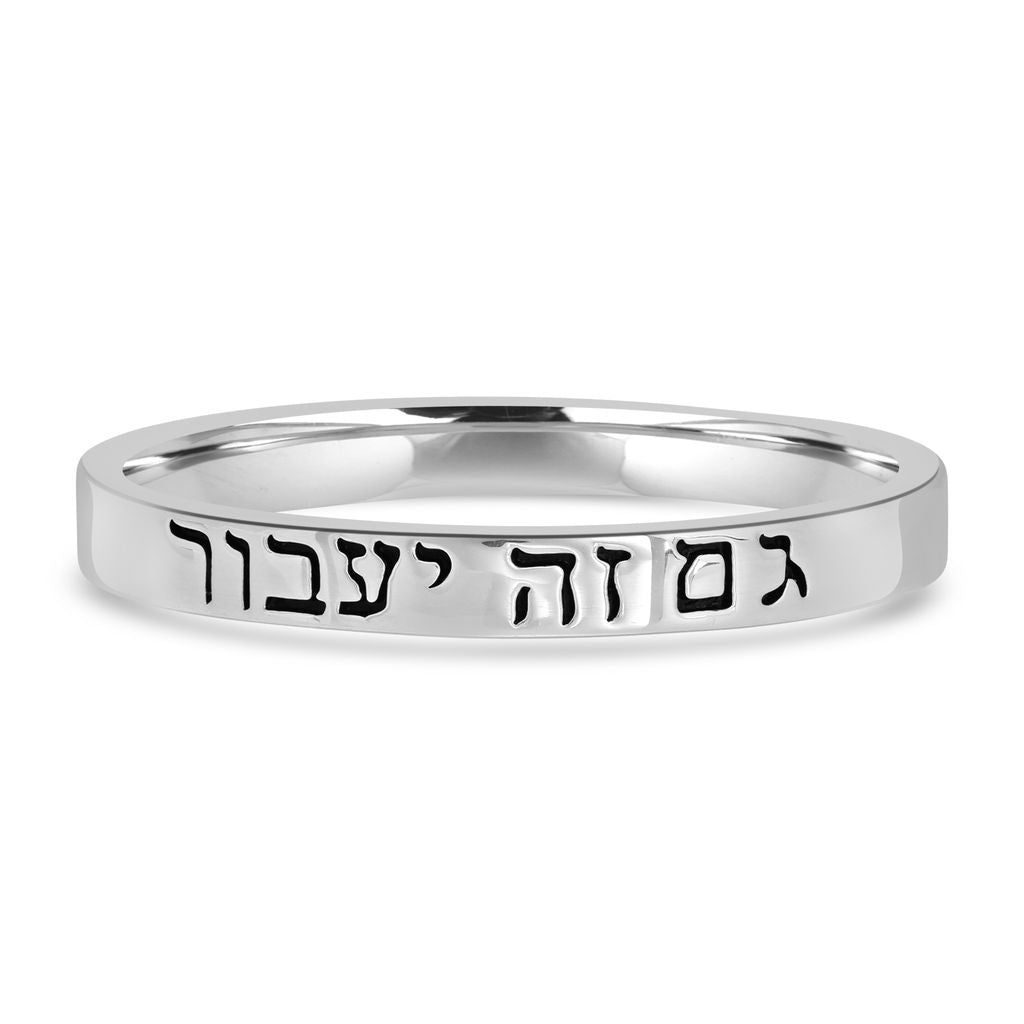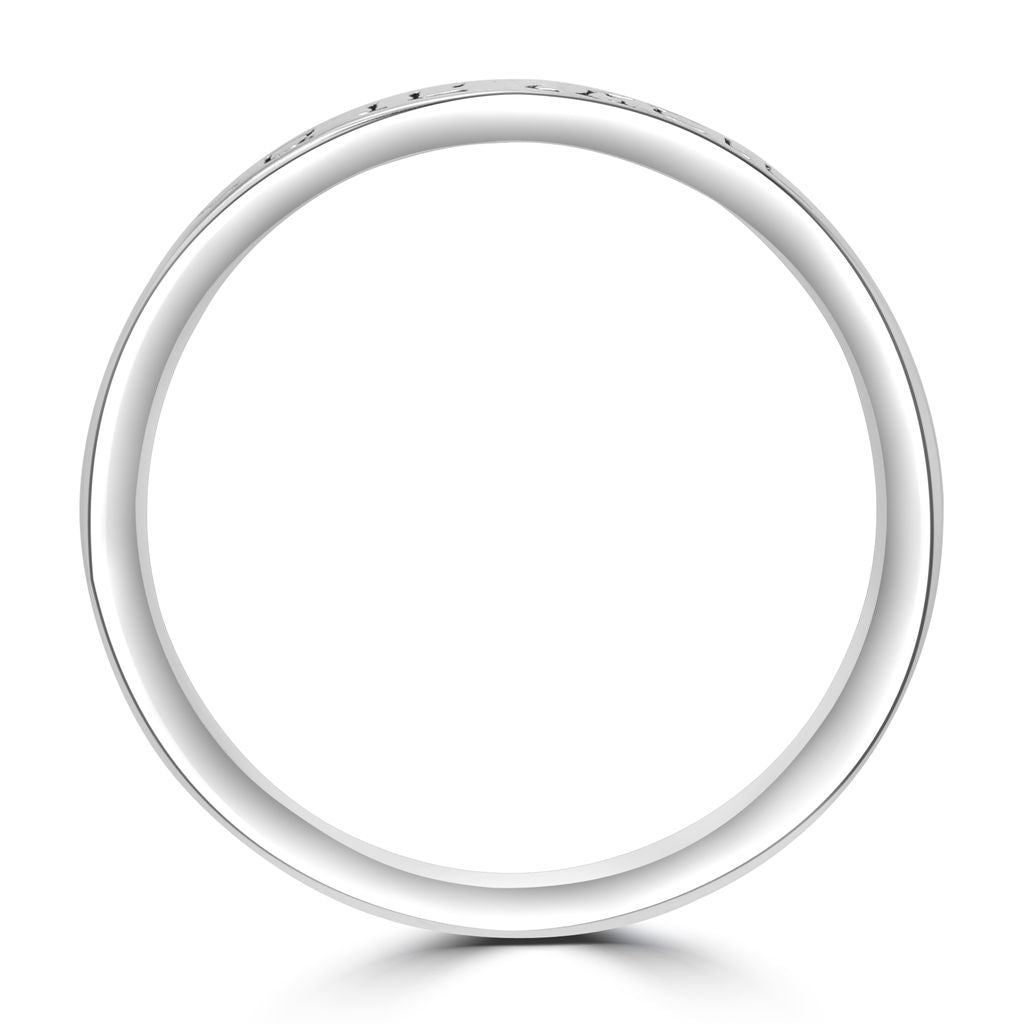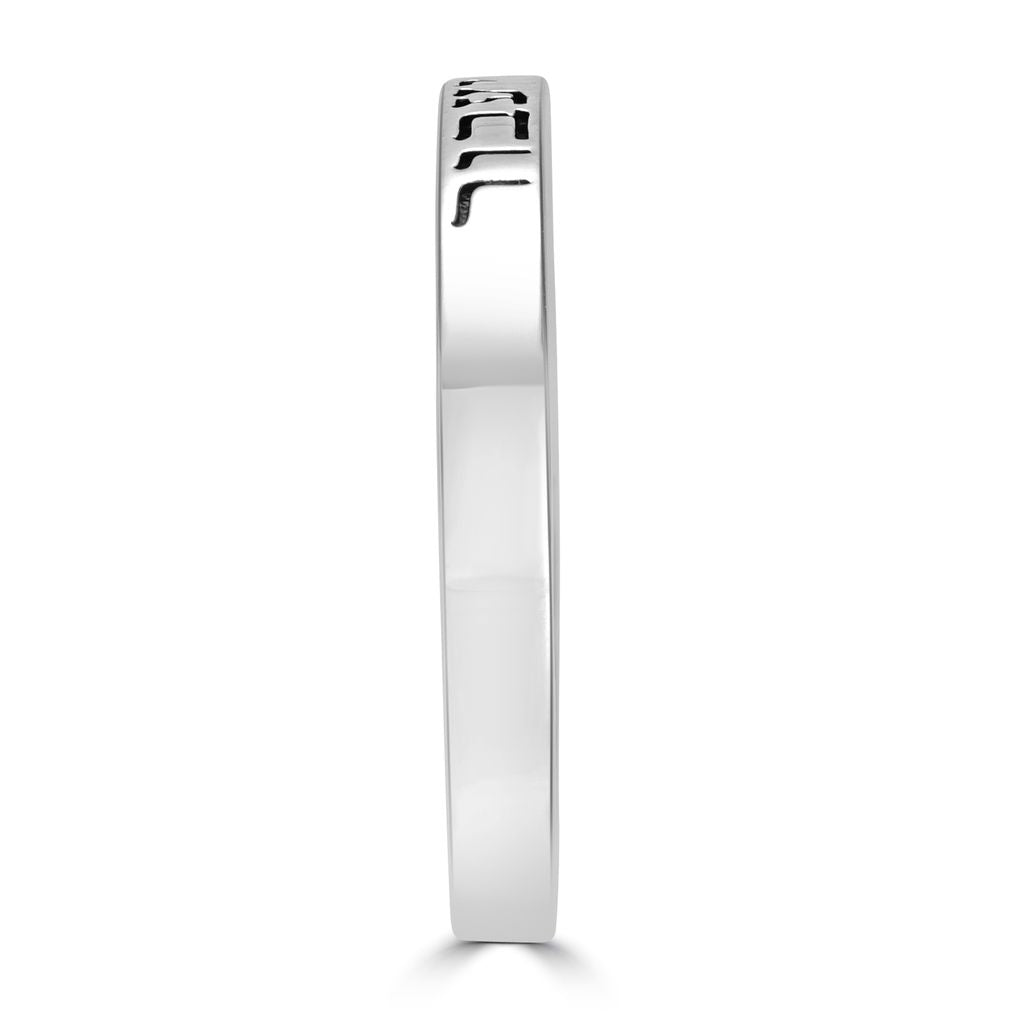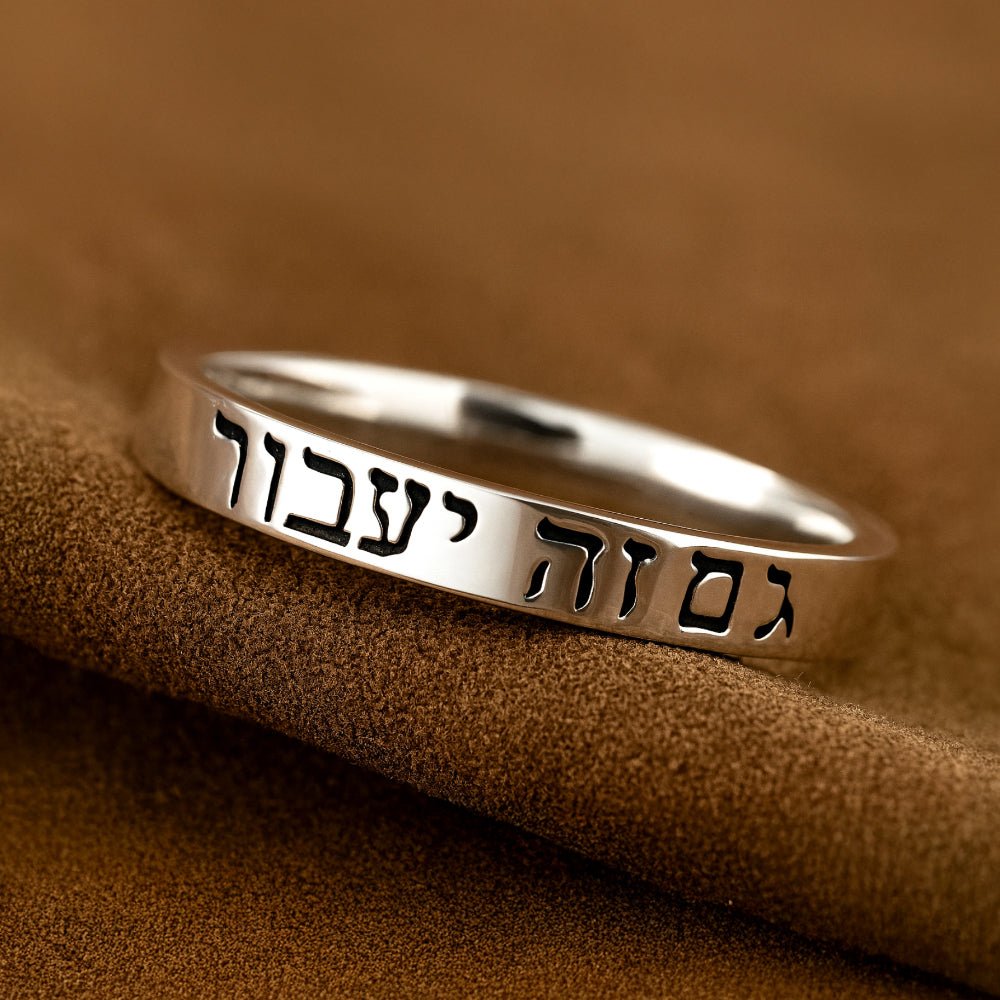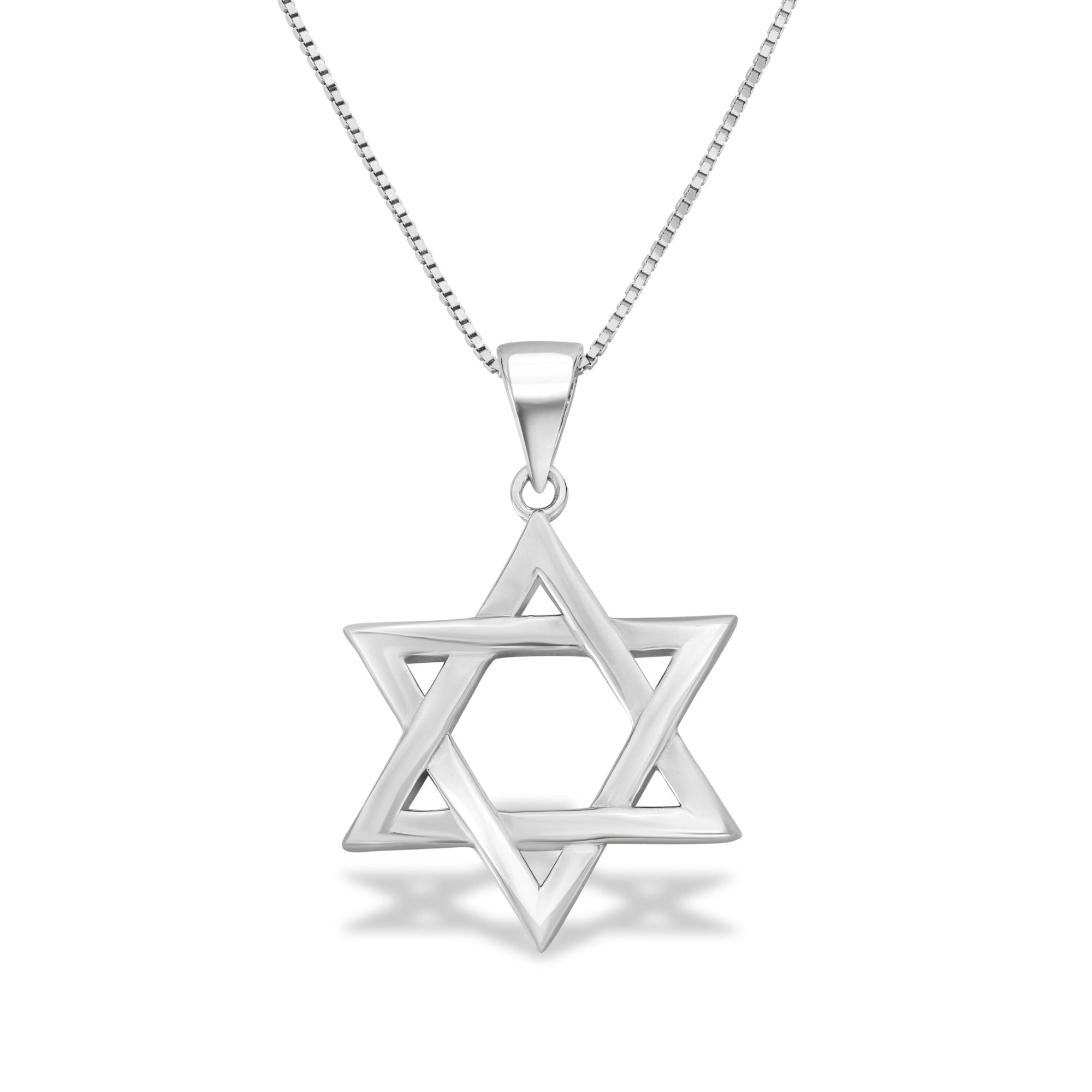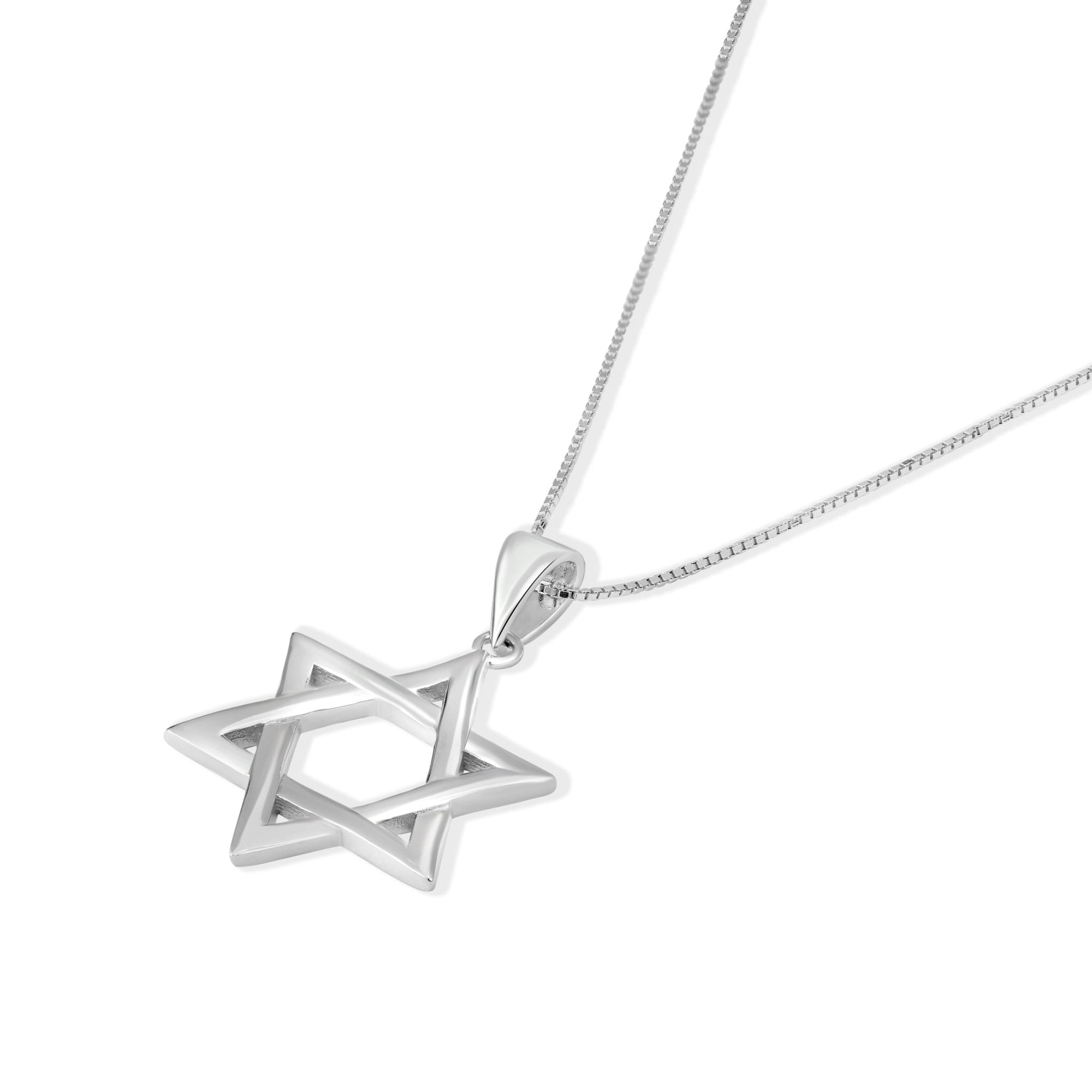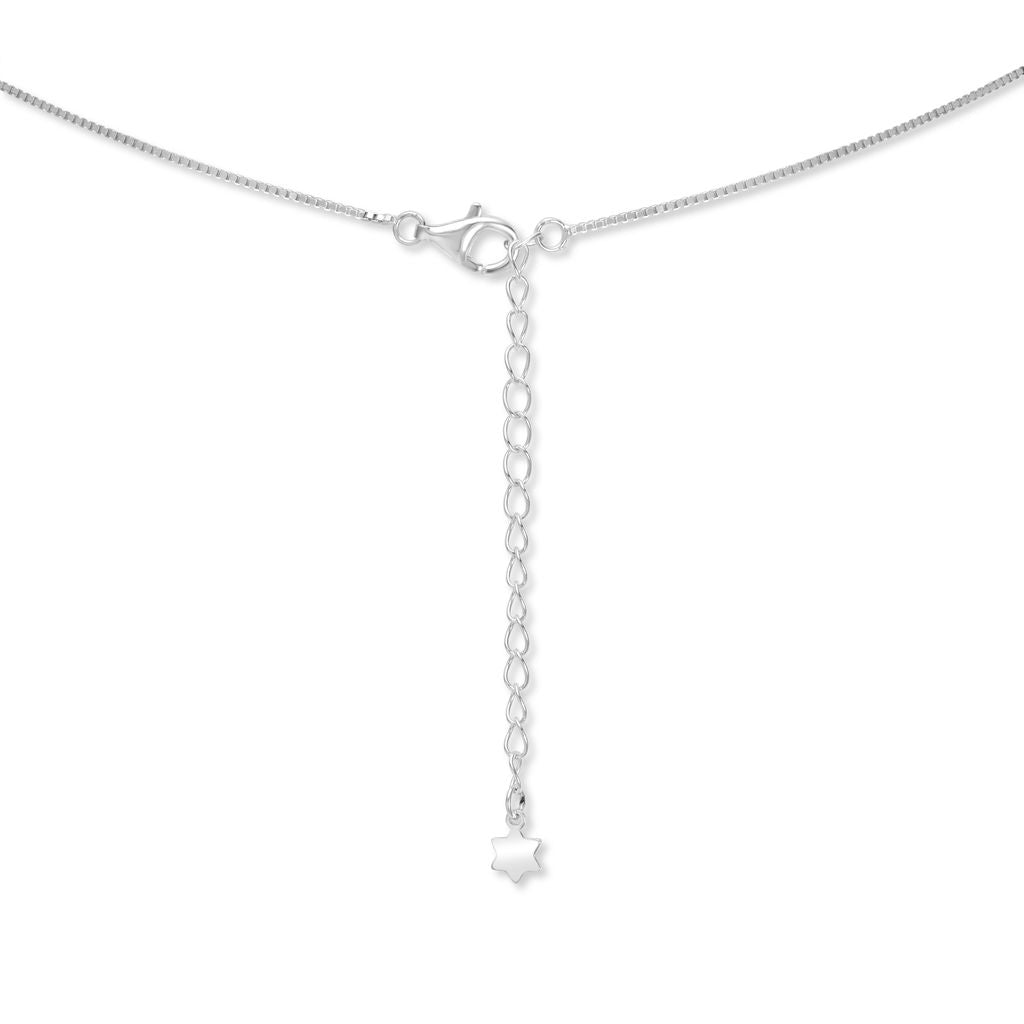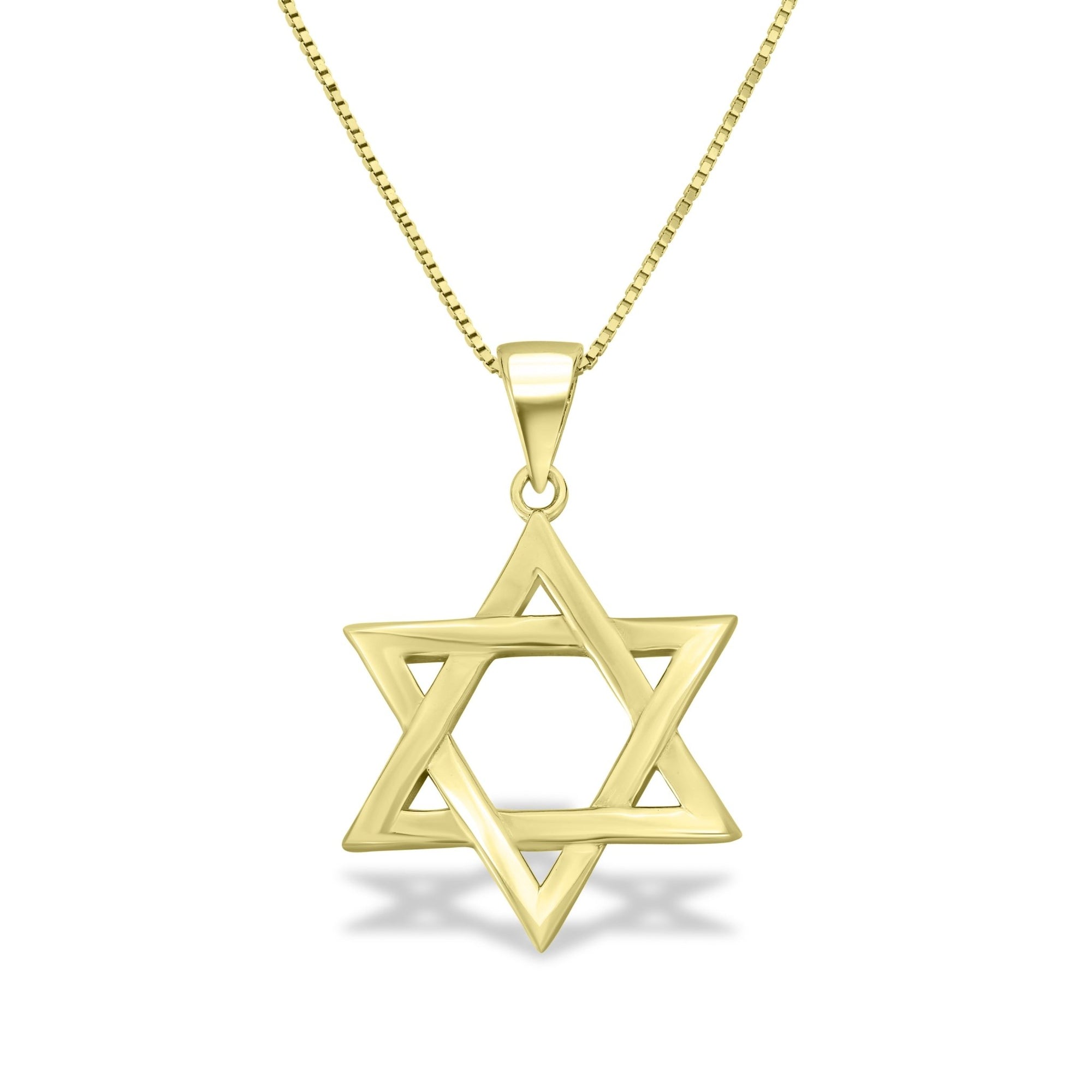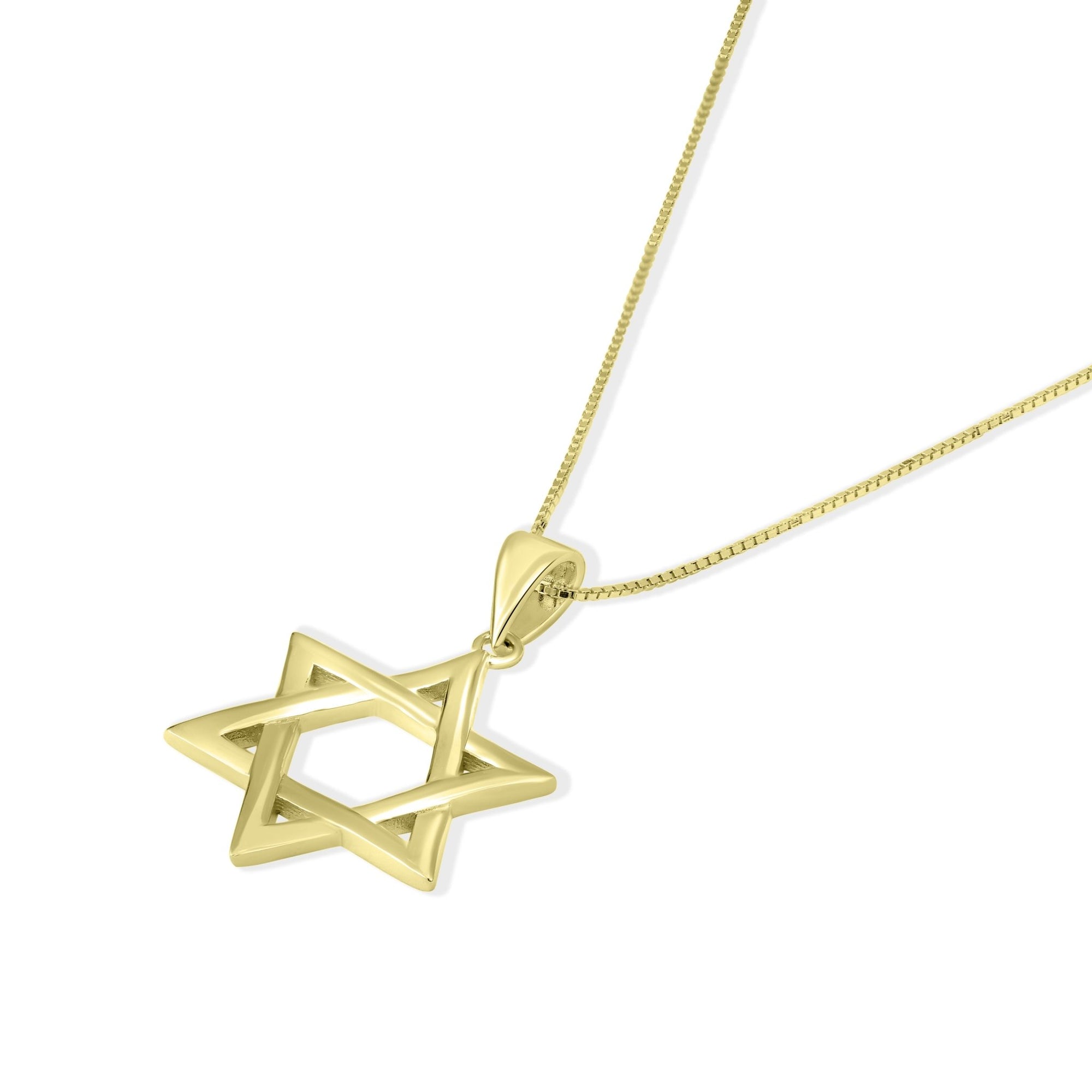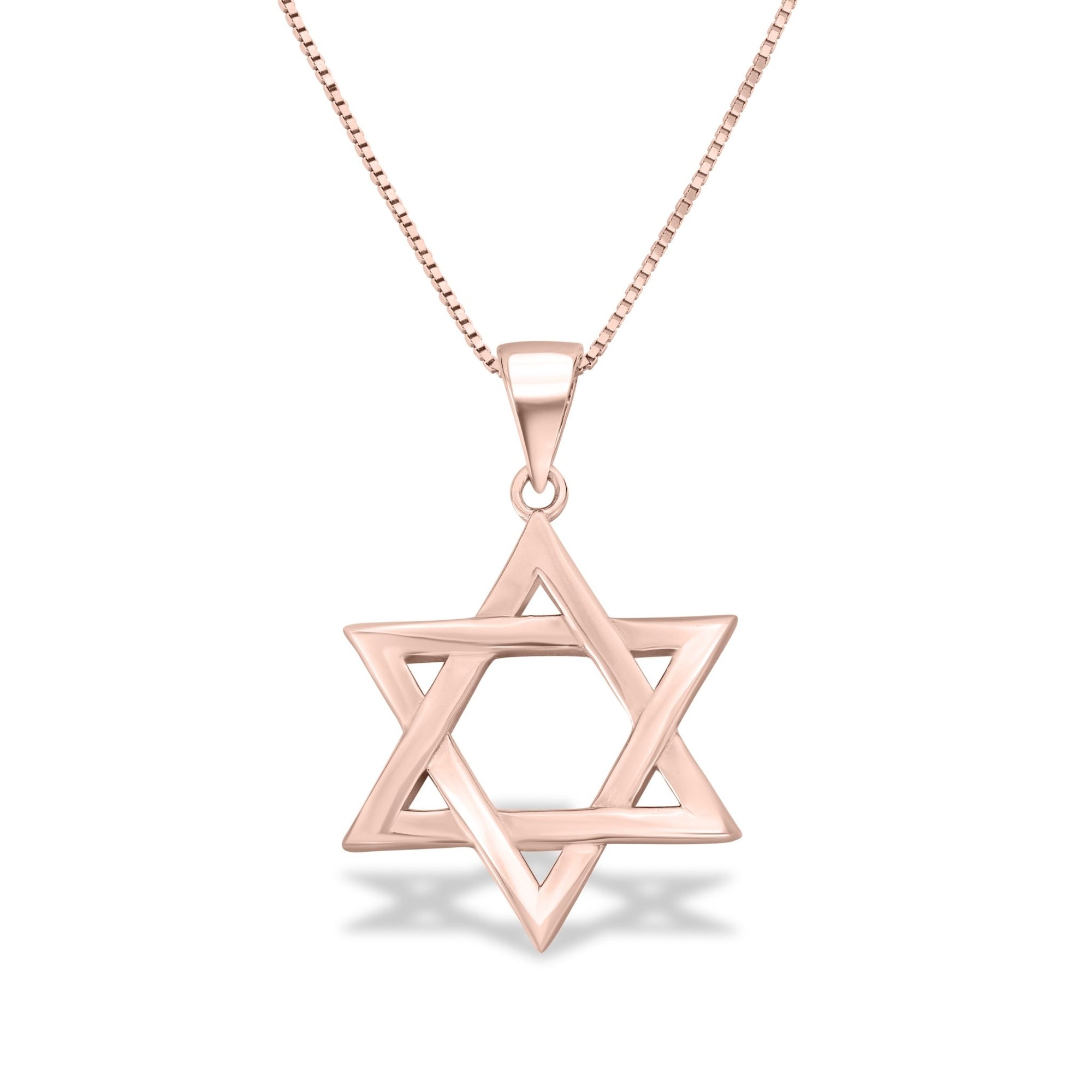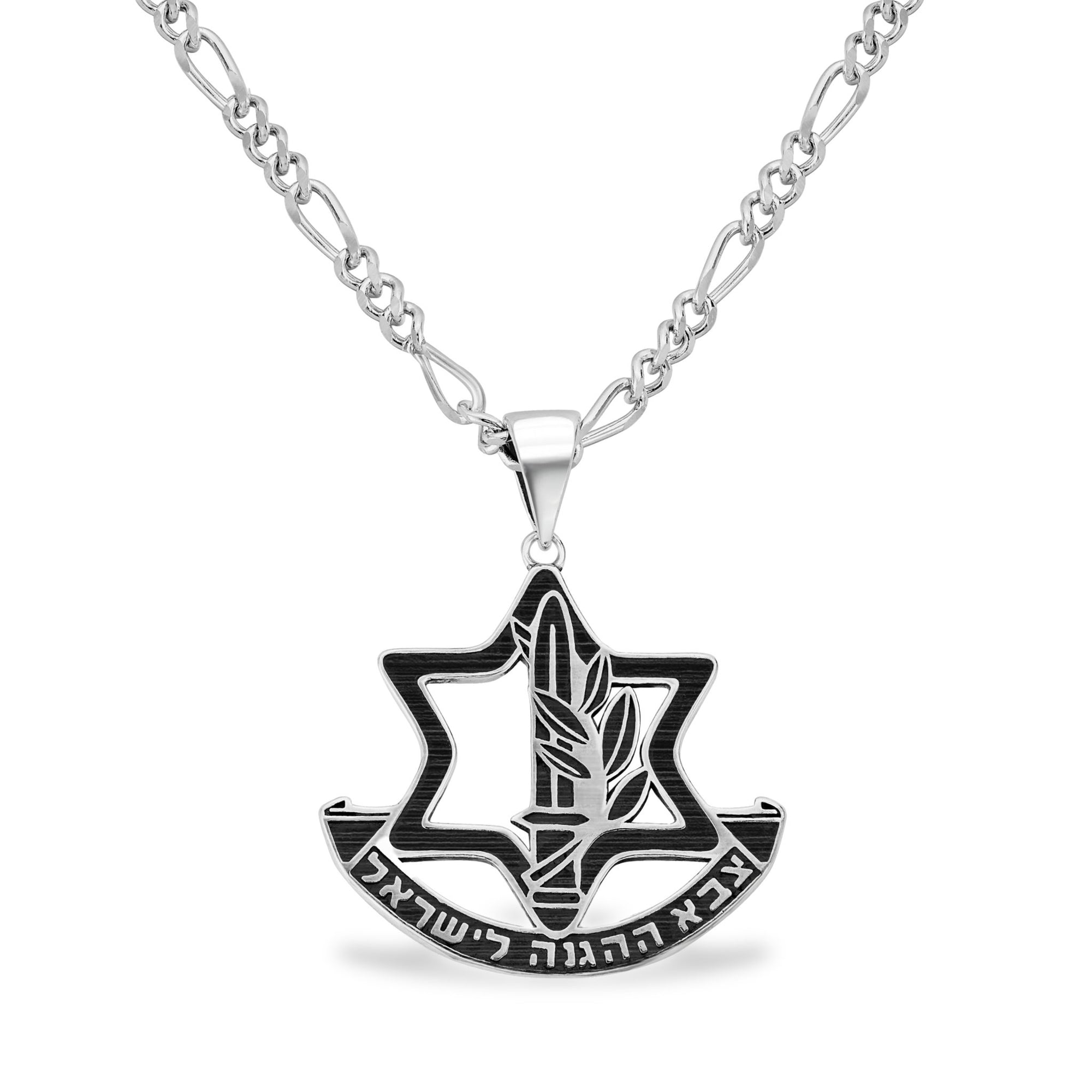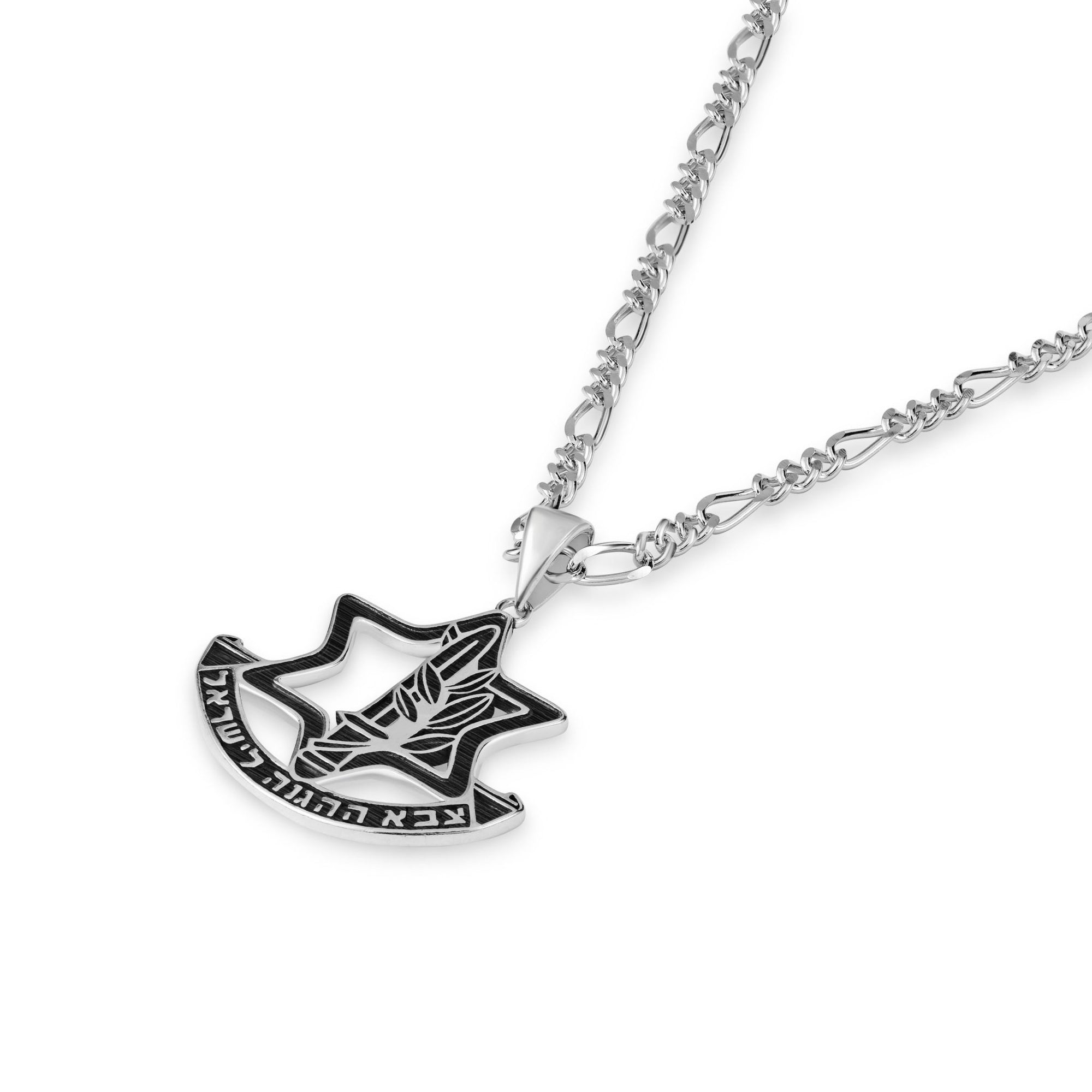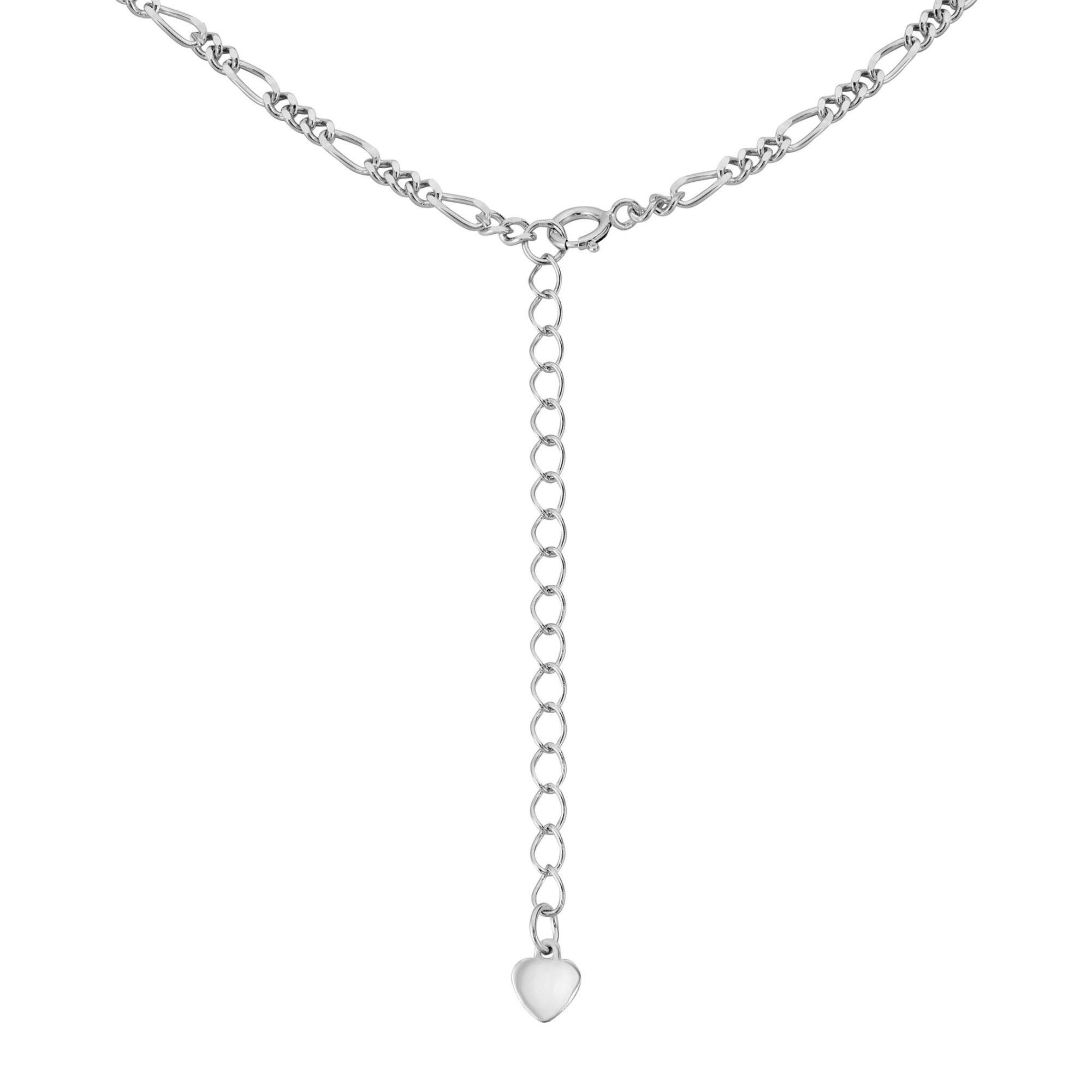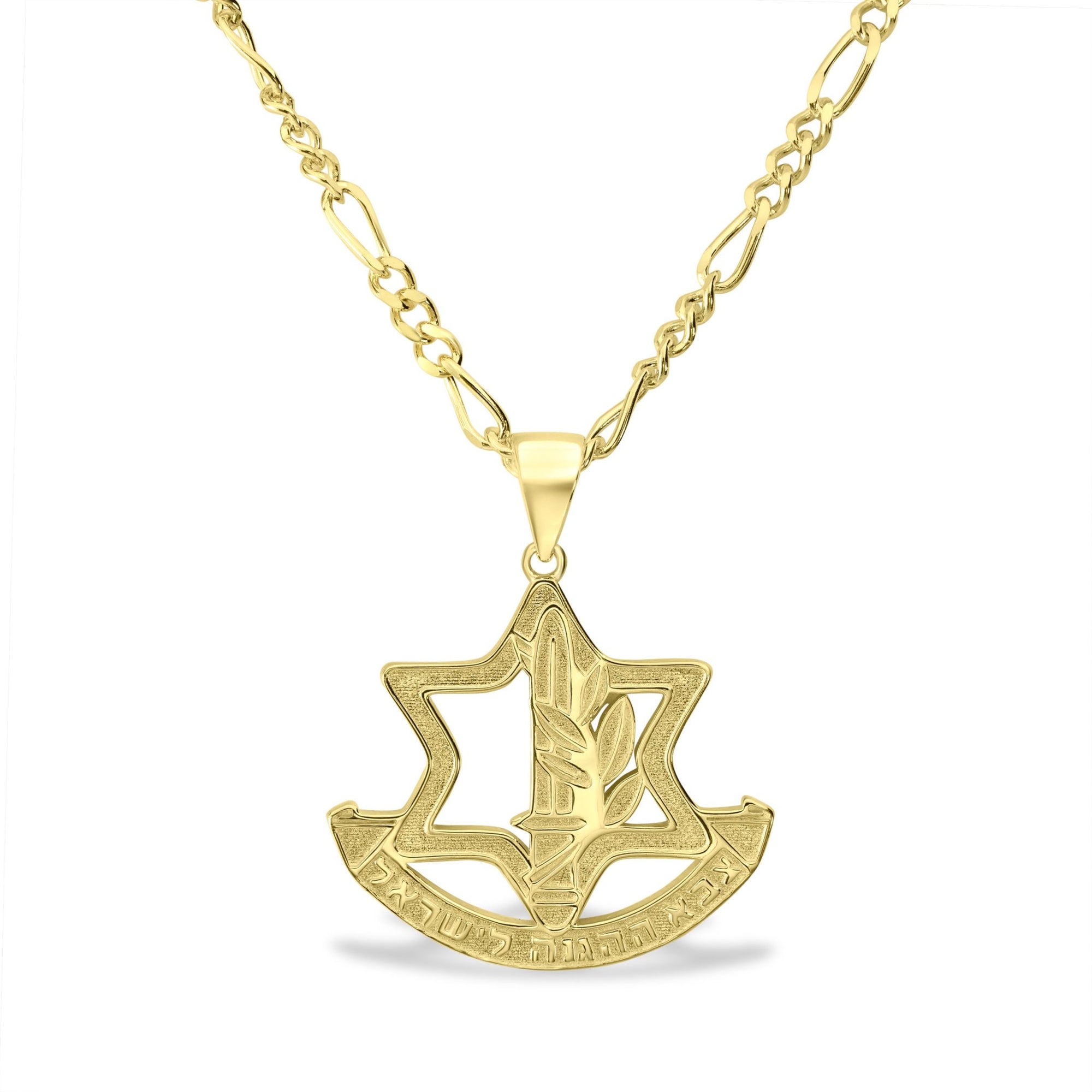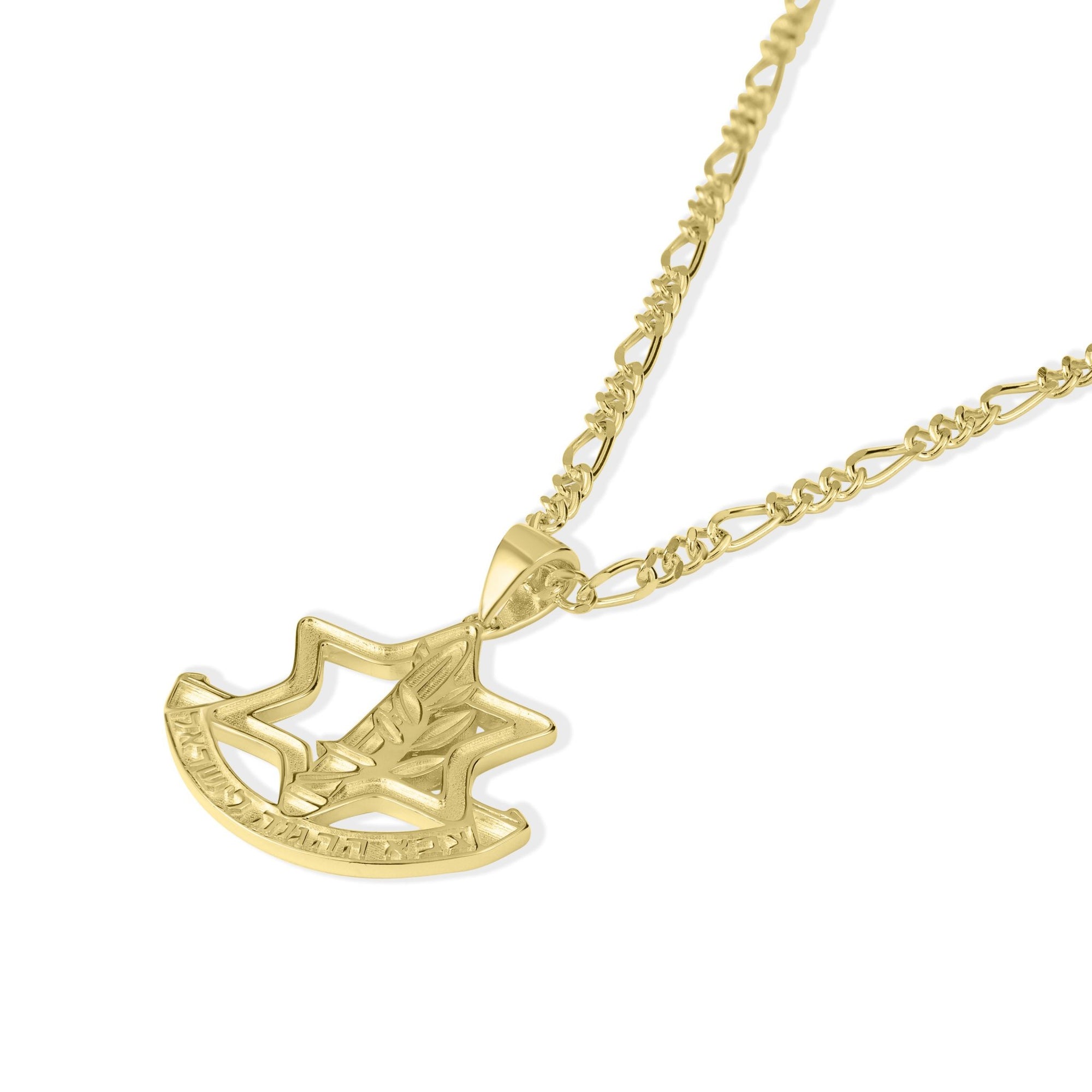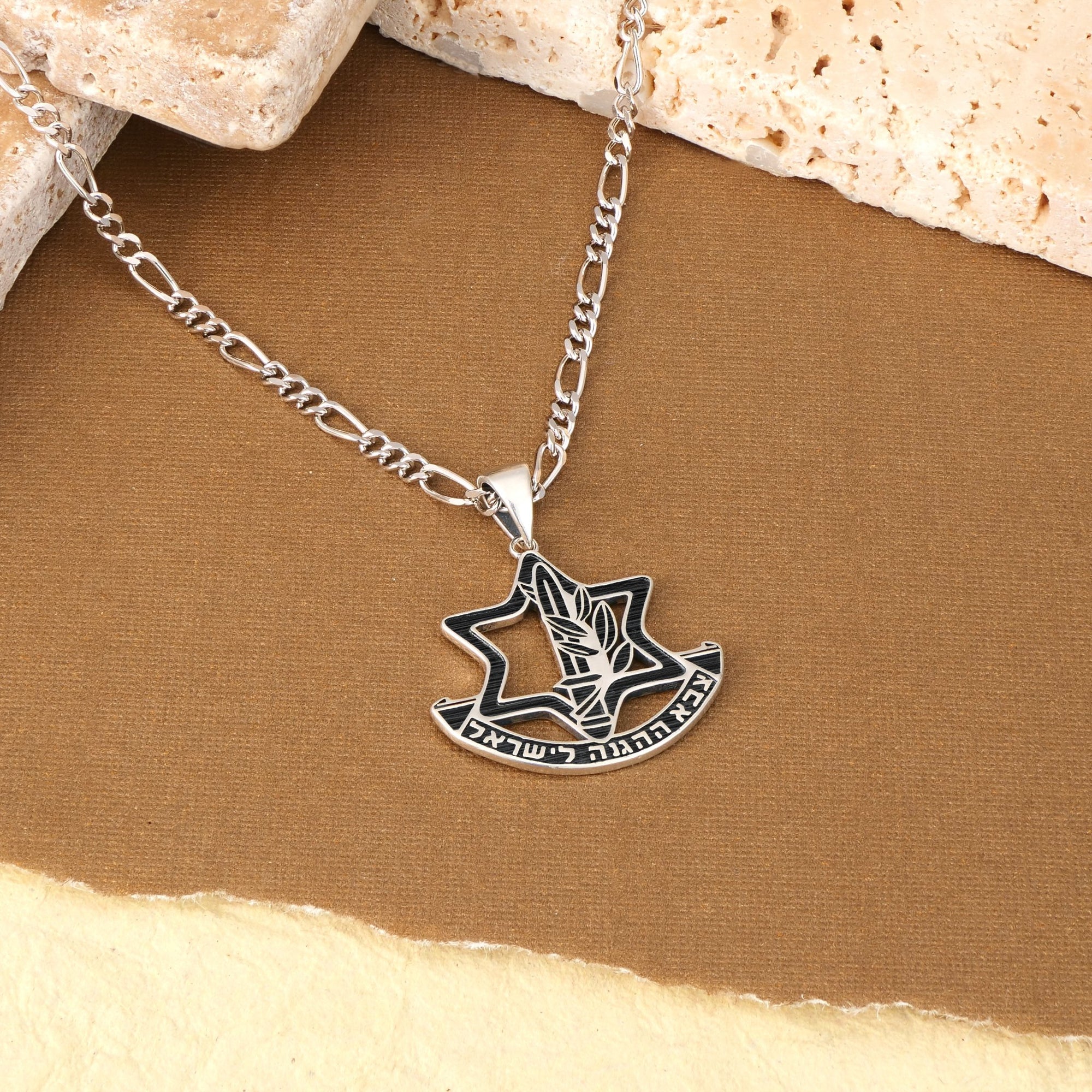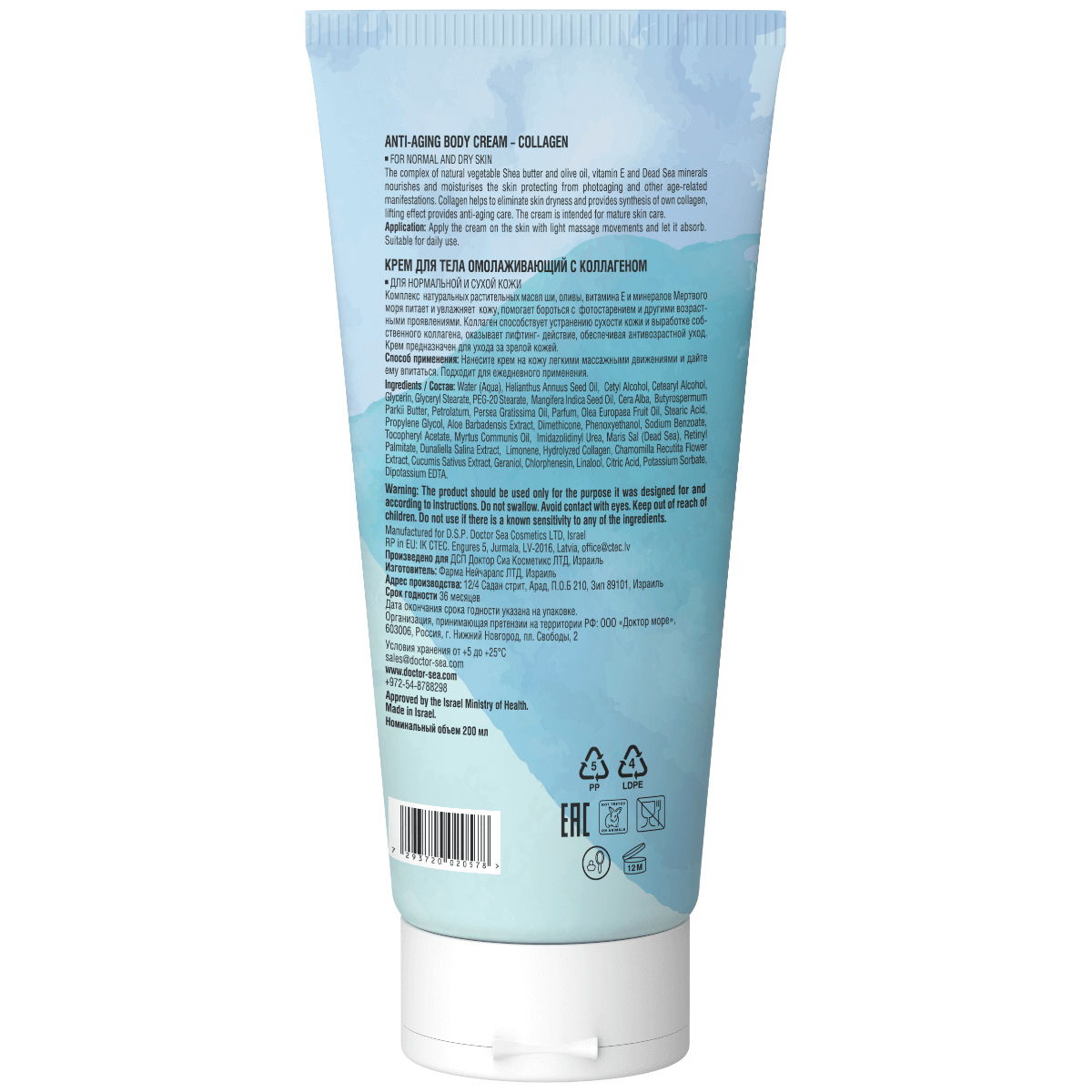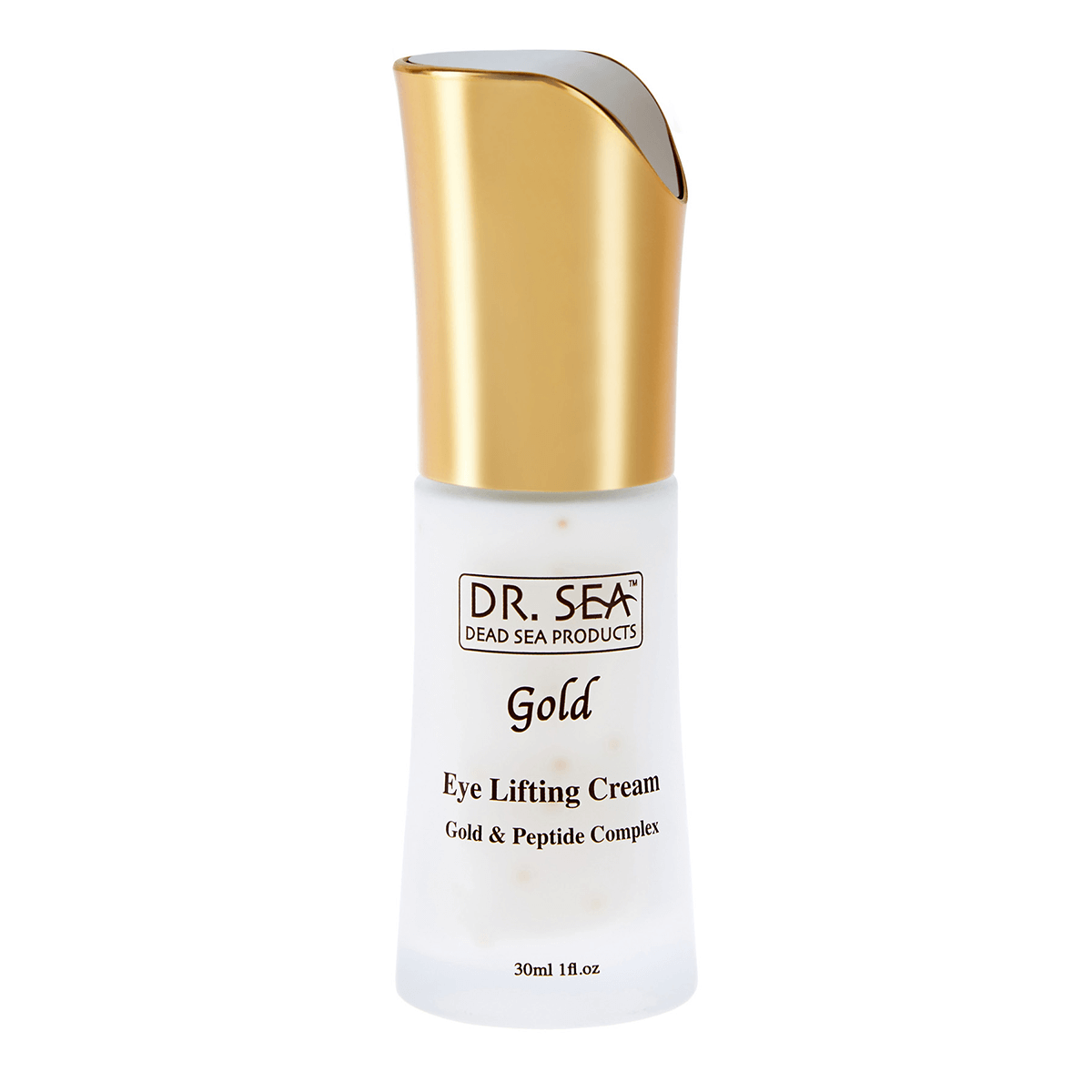Embodying Peace: The Intersection of Zionism and Fashion
In a world marked by complex geopolitical conflicts and social challenges, fashion emerges as a potent medium to communicate messages of peace and unity. Zionist-themed clothing collections uniquely blend cultural pride with activism, creating wearable symbols that advocate for harmony, reconciliation, and social justice. This article explores how peace is expressed through Zionist-inspired apparel, the historical and cultural significance of peace symbols in fashion, and the broader role of fashion as a platform for fostering understanding among diverse communities.
Core Themes of Peace in Zionist-Themed Clothing Collections
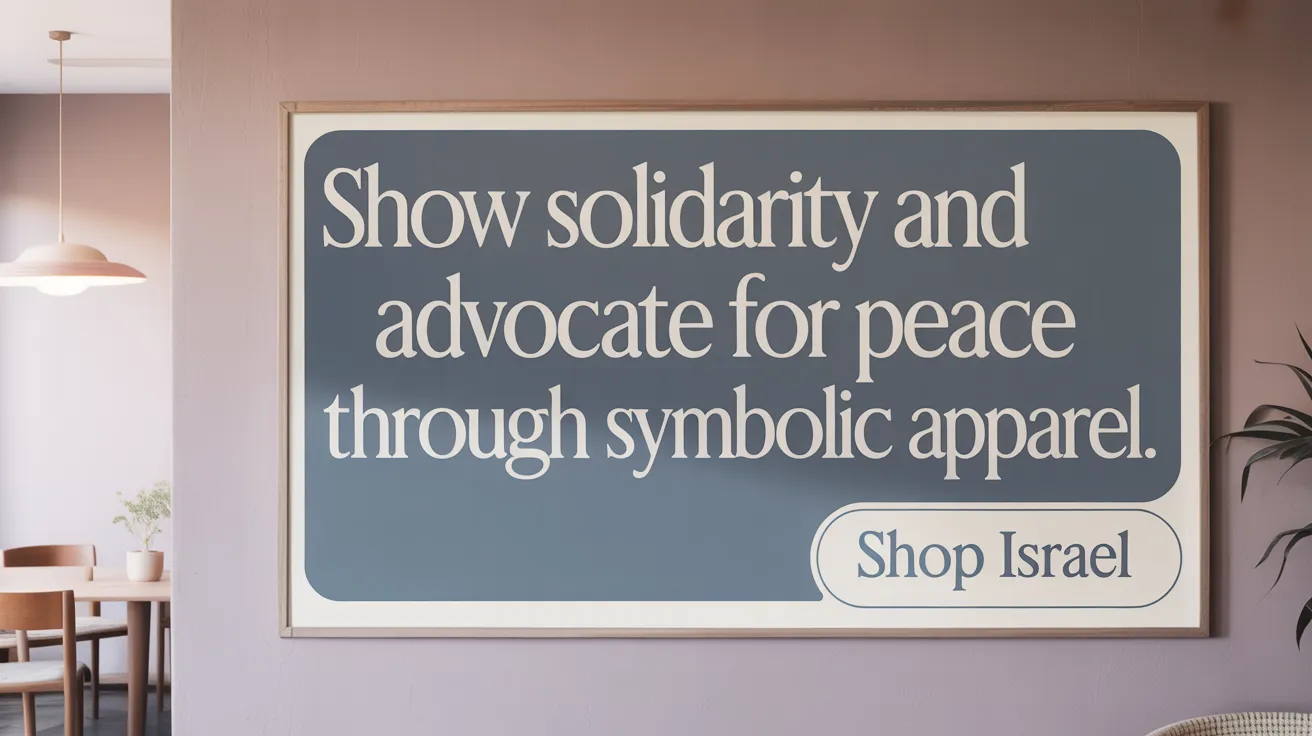
Zionist-themed clothing collections often serve as powerful visual expressions of peace, unity, and cultural pride. These collections are designed to foster a sense of national solidarity, emphasizing the importance of coming together as a community amidst complex social and political landscapes. Learn more about such collections at the Inspire Zionism symposium.
One of the main themes conveyed through these collections is cultural pride, where traditional symbols, colors, and imagery celebrating Jewish heritage are prominently featured. This not only affirms a collective identity but also promotes a message of resilience and hope.
Another significant aspect is reconciliation and understanding. These collections aim to bridge gaps between diverse communities by highlighting shared values and encouraging dialogue. They often include symbols that advocate for peaceful coexistence and mutual respect, making fashion a tool for social harmony.
Solidarity and activism are central to many Zionist-inspired designs. By wearing clothing with messages of support and resistance, individuals can visibly demonstrate their commitment to peace efforts. These pieces often carry slogans or symbols linked to peace movements, reinforcing the collective call for justice and stability.
Furthermore, these collections frequently incorporate hope and harmony symbolism. Elements like doves, olive branches, or peace signs are used to evoke optimism and the desire for a peaceful future. For background on the Peace symbol origin and its meanings and how symbolic elements like doves and olive branches convey peace, see this resource.
In essence, Zionist-themed fashion harnesses the expressive power of clothing to communicate a hopeful message that emphasizes unity, cultural identity, and the pursuit of peace. It transforms apparel into a statement of resilience and a call to action for harmony among all communities concerned.
Peace Symbols in Fashion: History, Meaning, and Cultural Significance
What is the symbolism, cultural significance, and historical background of peace symbols such as the peace sign, olive branch, and dove in fashion?
Peace symbols like the peace sign, olive branch, and dove carry deep-rooted historical and cultural meanings that have evolved over time. The peace sign, created in 1958 by British artist Gerald Holtom for the Campaign for Nuclear Disarmament (CND), was designed by combining semaphore signals for the letters 'N' and 'D', standing for nuclear disarmament. Initially, it expressed despair during the Cold War era but quickly became a global emblem of hope and anti-war activism. Learn more about the 50 years of the peace symbol and its cultural impact.
The olive branch and dove are symbols with origins that go back thousands of years. The olive branch was used in ancient Greece and the Roman Empire as a sign of peace and reconciliation. In Christian tradition, the dove associated with Noah’s story signifies hope, renewal, and God's covenant with humanity. For a detailed history, see the Peace symbol origin.
Over the decades, these symbols have transcended their original protest roots and become integral to fashion and popular culture. They appear on jewelry, clothing, and accessories to outwardly express messages of peace, unity, and solidarity. While some consider their use in fashion a celebration of hope, others critique it as commercialization that dilutes their political import. Explore how the peace symbol has influenced fashion inspired by the peace movement.
Today, these icons serve as universal representations of harmony, non-violence, and coexistence. Their widespread presence in consumer products makes them enduring symbols that remind us of the collective longing for peace and the ongoing quest to bridge differences across cultures and nations. For examples of peace and cultural expression apparel and humanitarian support through fashion, check out charitable campaigns promoting peace and solidarity.
Fashion as a Platform for Peace, Unity, and Reconciliation
In what ways do fashion and apparel serve as platforms for promoting peace, unity, and reconciliation?
Fashion and clothing have long been more than mere styles; they act as powerful symbols and tools for conveying messages of peace, solidarity, and cultural understanding. By strategically designing collections that focus on themes of harmony, support, and cultural expression, brands and designers can reach wide audiences and inspire social change.
One prominent example is Belal Muhammad's clothing line supporting Palestinian culture. His collection, which includes apparel with peace and unity themes, dedicates half of its profits to the Palestine Children's Relief Fund. This initiative not only raises funds for humanitarian aid but also spreads awareness about peace and resilience through everyday wear.
Fashion also fosters collective identity and solidarity. For instance, the use of iconic symbols like the peace sign—originally designed in 1958 to signal nuclear disarmament—has become a global visual language for advocating non-violence. Luxury brands such as Gucci and Ed Hardy incorporating the peace symbol into their collections exemplify how fashion can mainstream messages of peace, although sometimes losing some of their original protest significance.
Collaborative peace initiatives further amplify these messages. The UNIQLO 'PEACE FOR ALL' T-shirt campaign, which has raised over $16 million for victims of violence and discrimination, demonstrates how apparel can be a catalyst for global humanitarian efforts. Each shirt sold contributes to supporting refugees, children, and communities affected by conflict.
Fashion's power to bridge cultural gaps is also evident in collections like Marine Serre’s 'Sempre Legati' presented at Pitti Uomo. Using upcycled materials and representing diverse nations, her collection promotes unity and hope amid political turmoil. Similarly, designers like Giorgio Armani have used fashion shows as silent protests—Milan Fashion Week's respectful silence in support of Ukraine is a testament to fashion’s role in global peace messages.
Breaking cultural barriers is another essential aspect. Clothing can challenge stereotypes and foster understanding. For example, the Inspire Zionism symposium by Hadassah emphasizes community pride and resilience, with fashion serving as a medium to express diverse identities and promote dialogue.
Fashion’s cultural impact extends further through art and activism. Artists like Marina Abramovic and Tomas Saraceno actively use their platforms to support peace, creating pieces and sharing messages that resonate worldwide. These artistic expressions in fashion and related industries reinforce the idea that peace and unity require active participation and shared symbolism.
In essence, fashion and apparel serve as accessible, influential platforms for promoting peace and reconciliation. Whether through symbolic designs, charitable campaigns, or artistic activism, clothing enables individuals and brands to communicate a collective desire for harmony, breaking down barriers and fostering understanding across global communities.
| Aspect | Example | Impact |
|---|---|---|
| Symbols promoting peace | Peace sign on designer apparel | Widely recognized message of non-violence |
| Charitable initiatives | UNIQLO 'PEACE FOR ALL' T-shirts | Funds humanitarian aid for conflict victims |
| Cultural expression | Marine Serre’s sustainable collection | Promotes hope and unity among diverse nations |
| Silent protests | Armani’s Milan Fashion Week tribute | Demonstrates solidarity and respect |
| Community engagement | Hadassah’s Zionism symposium | Encourages dialogue and cultural pride |
Zionist-Themed Fashion: Cultural Expression and Political Activism
How does Zionist-themed fashion intersect with political, social, and cultural expressions?
Zionist-themed fashion serves as a powerful platform for expressing Jewish and Israeli identities while engaging in broader political and cultural dialogues. Like Palestinian Culture Apparel movements that use garments and symbols to communicate resistance and pride, Zionist fashion allows supporters to wear their beliefs openly and creatively.
Designers and brands incorporate symbols, motifs, and colors associated with Zionist history, such as the Star of David, the Israeli flag, or other national emblems. These elements symbolize aspirations for peace, sovereignty, and cultural pride, transforming clothing into a statement of solidarity.
This fashion form acts beyond mere aesthetics; it challenges stereotypes and promotes awareness about Zionist values. It also furthers activism by inspiring conversations about Israeli identity, history, and political issues.
Moreover, Zionist-themed apparel can foster community solidarity. Supporters wear these garments at rallies, cultural events, and in everyday life, turning personal identity into collective activism.
In essence, Zionist-themed fashion intertwines cultural expression with political advocacy. It not only celebrates heritage but also challenges perceptions, fostering dialogue and unity through wearable symbols that speak to both individual and collective aspirations. Explore more at the Inspire Zionism symposium.
Supporting the idea of activism through clothing and challenging stereotypes
By choosing to wear Zionist-themed clothing, individuals participate in a form of activism that promotes awareness and understanding. These garments often become conversation starters, allowing wearers to challenge misconceptions and stereotypes.
This form of expression promotes a nuanced view of Zionist identity, emphasizing cultural pride, history, and the pursuit of peace. It moves beyond politicized narratives to highlight the diverse and multifaceted nature of Zionist communities.
Encouraging community and dialogue
Wearing Zionist symbols publicly fosters a sense of belonging and community, especially among youth and supporters who feel connected through shared cultural values. It also provides an opportunity for dialogue, educating others about the historical and modern significance of Zionism.
As fashion continues to evolve as a form of social commentary, Zionist-themed clothing remains relevant, inspiring activism and fostering understanding across divides.
| Aspect | Description | Impact |
|---|---|---|
| Cultural Identity | Using clothing to express Jewish and Israeli pride and history | Reinforces cultural heritage |
| Political Advocacy | Incorporating symbols that promote peace and sovereignty | Sparks dialogue and activism |
| Community Solidarity | Building support among supporters | Enhances collective identity |
| Challenging Stereotypes | Using fashion to combat misconceptions | Promotes nuanced understanding |
| Dialogue & Education | Initiating conversations on shared values | Fosters mutual respect |
Through these avenues, Zionist-themed fashion continues to be a dynamic form of cultural expression and activism, translating history and aspirations into everyday wear that encourages both reflection and action. For broader context on fashion as a tool for peace and activism, see Wear The Peace and Peace symbol history.
Peace Advocacy Through Clothing: Notable Collections and Charitable Initiatives
What are some notable peace-themed clothing collections or brands that promote messages of hope, harmony, and positivity?
Several fashion initiatives stand out for their focus on spreading messages of peace and unity. For example, the brand Wear The Peace was founded by Murad Nofal and Mustafa Mabruk, inspired by their personal experiences with refugee crises. Their clothing, including hoodies, T-shirts, and caps, carries slogans like 'PEACE' and 'HUMAN' to provoke discussion. Importantly, they operate a 'buy one, give one' program — for each item sold, a garment is donated to a person in need. Since 2018, they have raised over $720,000 for charitable organizations supporting refugees and conflict zones.
Another notable collaboration is P/C x Belal Muhammad, a clothing site supporting Palestinian culture. Created by Belal Muhammad, the collection offers apparel with themes of peace, support, and cultural expression. Half of the profits are directed to the Palestine Children's Relief Fund, aiding humanitarian efforts in Palestine. Their range includes long sleeves and caps designed to promote unity, peace, and cultural pride, aspiring to raise $1 million for community causes.
UNIQLO's 'PEACE FOR ALL' collection exemplifies a large-scale charitable effort. Launched in June 2022, proceeds are donated to organizations like UNHCR, Save the Children, and Plan International, supporting victims of violence, displacement, and poverty worldwide. To date, this project has raised over $16.6 million to fund emergency relief, refugee education, and gender equality programs.
In the world of high fashion, Marine Serre's 'Sempre Legati' collection showcased at Pitti Uomo in Florence highlights hope amidst turmoil. The collection featured upcycled materials, including white linen pieces symbolizing peace and surrender, and models of diverse ages from 24 countries embodying unity. Serre’s emphasis on sustainability and hope underscores the power of fashion as a cultural and social message.
How do buy one, give one schemes support peace efforts?
Buy one, give one programs are an effective way for brands to advocate for peace through direct aid. Wear The Peace uses this model to donate clothing directly to refugees and communities in crises, enabling consumers to contribute to humanitarian efforts simply by purchasing apparel. These schemes help raise awareness, foster a sense of collective responsibility, and provide tangible support to those affected by conflict. By tying social impact directly to sales, they turn everyday fashion into a tool for activism and hope.
| Brand/Collection | Focus Area | Notable Achievements | Supporting Organizations |
|---|---|---|---|
| Wear The Peace | Refugee aid, peace advocacy | Raised over $720,000, donated garments | Pious Projects, Human Concern International |
| P/C x Belal Muhammad | Palestinian culture, humanitarian aid | Aspires to raise $1 million | Palestine Children's Relief Fund |
| UNIQLO PEACE FOR ALL | Global refugee and victim aid | Raised over $16.6 million | UNHCR, Save the Children, Plan International |
| Marine Serre 'Sempre Legati' | Hope, sustainability | Showcased diverse models, upcycled materials | No specific charity, message of hope |
Fashion can be a powerful platform for peace, inspiring dialogue and action. Whether through charitable collections, collaborations with cultural themes, or innovative sustainability efforts, clothing brands play a vital role in promoting hope and harmony worldwide.
Fashion’s Role in Promoting Social Justice, Unity, and International Solidarity
Why are messages of peace important in products that promote social justice, unity, and international solidarity?
Messages of peace hold immense significance in products aimed at fostering social justice, unity, and global cooperation. They serve as visual symbols that communicate a collective aspiration for harmony and mutual respect among different communities. Incorporating peace themes helps confront divisive narratives, counter hatred, and address underlying conflicts rooted in inequality and misinformation.
Creative arts like music, poetry, and visual representations amplify these messages, making emotional connections that motivate empathy and understanding. For example, the iconic peace symbol, designed in 1958 by Gerald Holtom, initially represented nuclear disarmament but has since become a universal emblem for peace and anti-war movements.
Organizations such as the UN utilize peace messaging to underpin educational and advocacy initiatives, encouraging dialogue and systemic change. When these symbols and messages are integrated into everyday products—such as apparel, jewelry, and accessories—they extend peace advocacy into modern culture, making social justice a visible and accessible pursuit. Notable examples include collections like the P/C x Belal Muhammad Collection that focus on supporting Palestinian humanitarian efforts through clothing for a cause.
What is the overall goal of fashion collections that advocate for peace and promote positive social change through apparel design?
The main objective of such fashion collections is to leverage the industry’s broad reach to raise awareness about critical social issues, inspire activism, and strengthen solidarity. These collections act as platforms for artists and designers to embed messages of resistance, hope, and resilience into clothing and accessories.
By doing so, they influence public consciousness and motivate collective action, challenging societal norms that perpetuate inequality or conflict. For instance, collections like Marine Serre's 'Sempre Legati' used upcycled materials and models from diverse backgrounds to symbolize unity amidst turmoil.
Fashion also plays a role in driving policy change. Campaigns supporting responsible production, sustainability, and workers' rights—like The FABRIC Act—are part of this movement. Ultimately, fashion that advocates for peace aims to foster a more just, inclusive, and compassionate society, making social change both visible and stylish. Other inspiring examples include the Wear The Peace clothing brand that supports refugee aid, and the PEACE FOR ALL charity T-shirt collection, which channels humanitarian fundraising through apparel.
The Power of Fashion to Inspire Peace and Unity
Zionist-themed clothing collections exemplify how fashion transcends mere aesthetics to become a vehicle of cultural expression, activism, and peace advocacy. Through the thoughtful use of historical peace symbols, cultural narratives, and collaborative humanitarian initiatives, these apparel lines foster unity and encourage dialogue among diverse communities. As fashion continues to engage with social justice and political discourse, it holds immense potential to influence positive change, bridging divides and amplifying messages of hope and reconciliation. Ultimately, clothing designed with peace at its core offers a compelling reminder that creativity and culture can be harnessed to inspire understanding, solidarity, and a more harmonious world.



